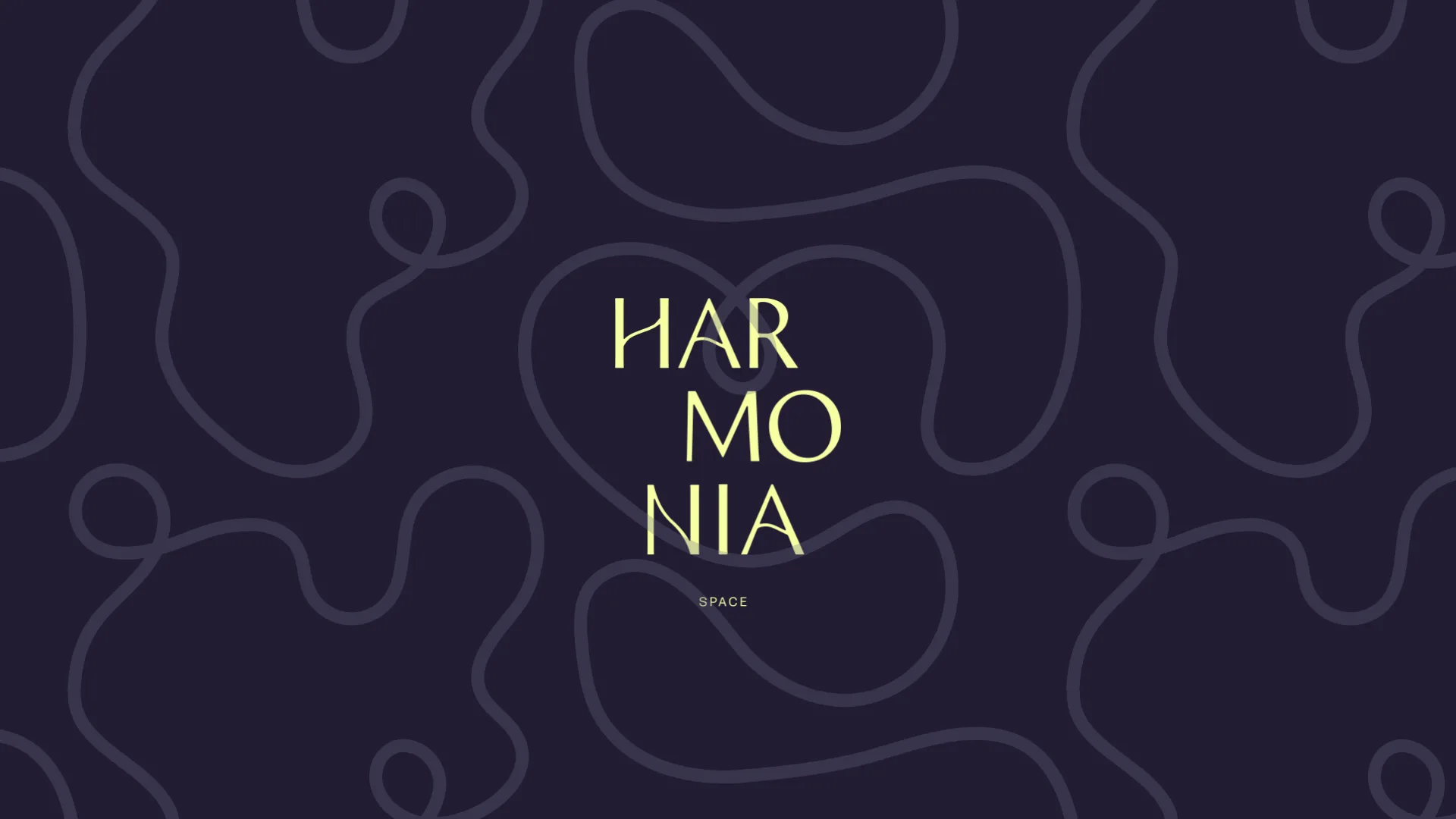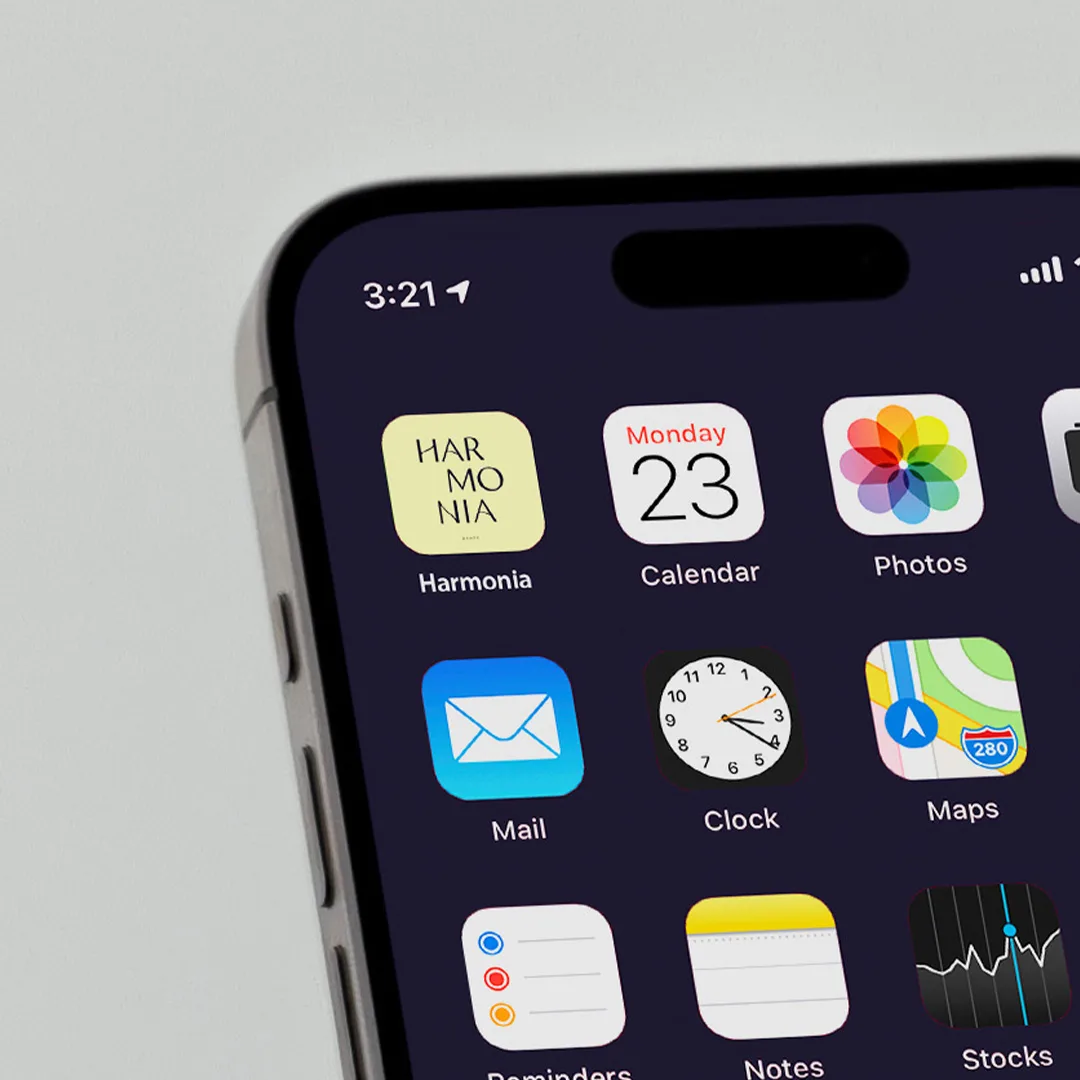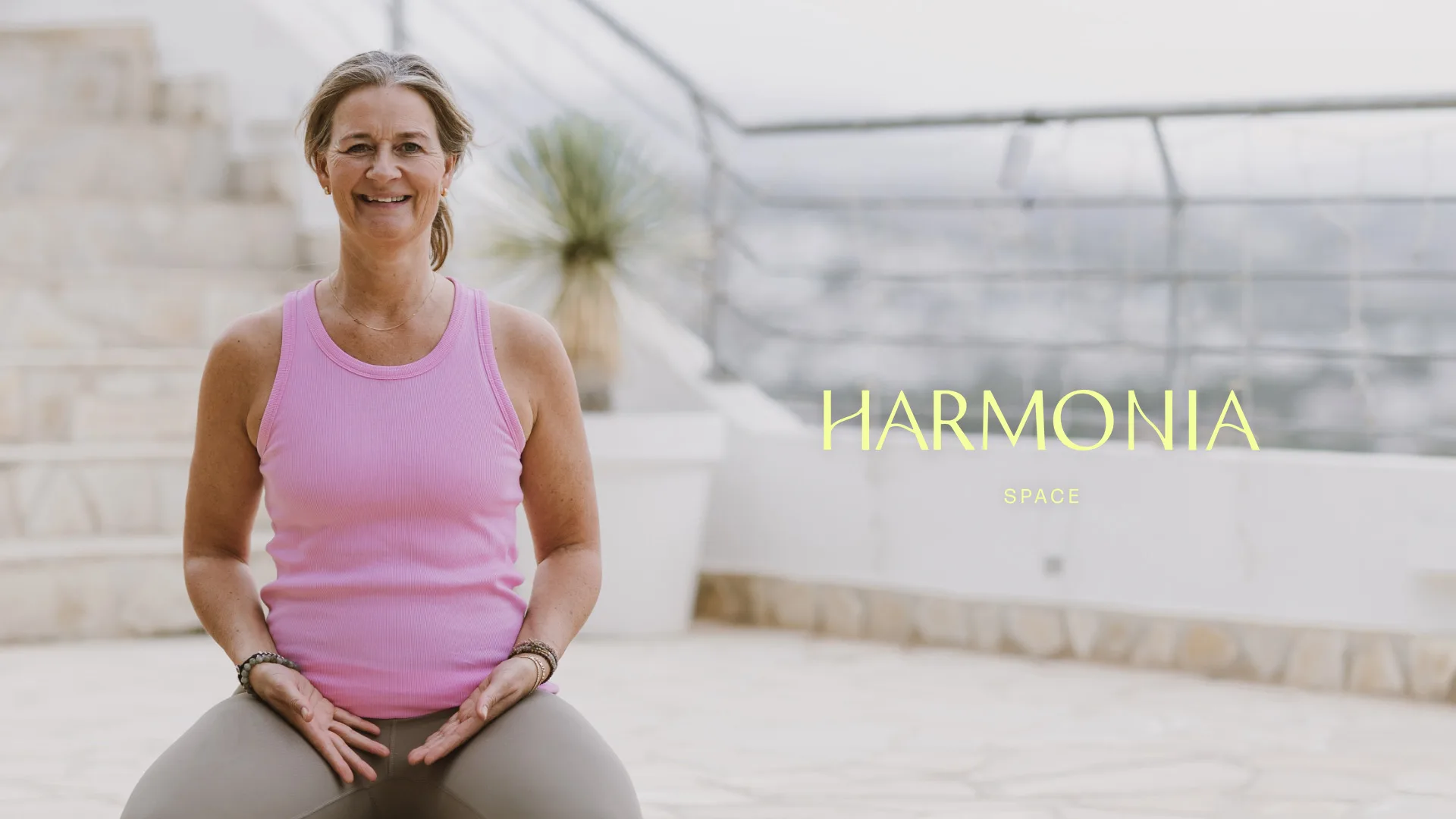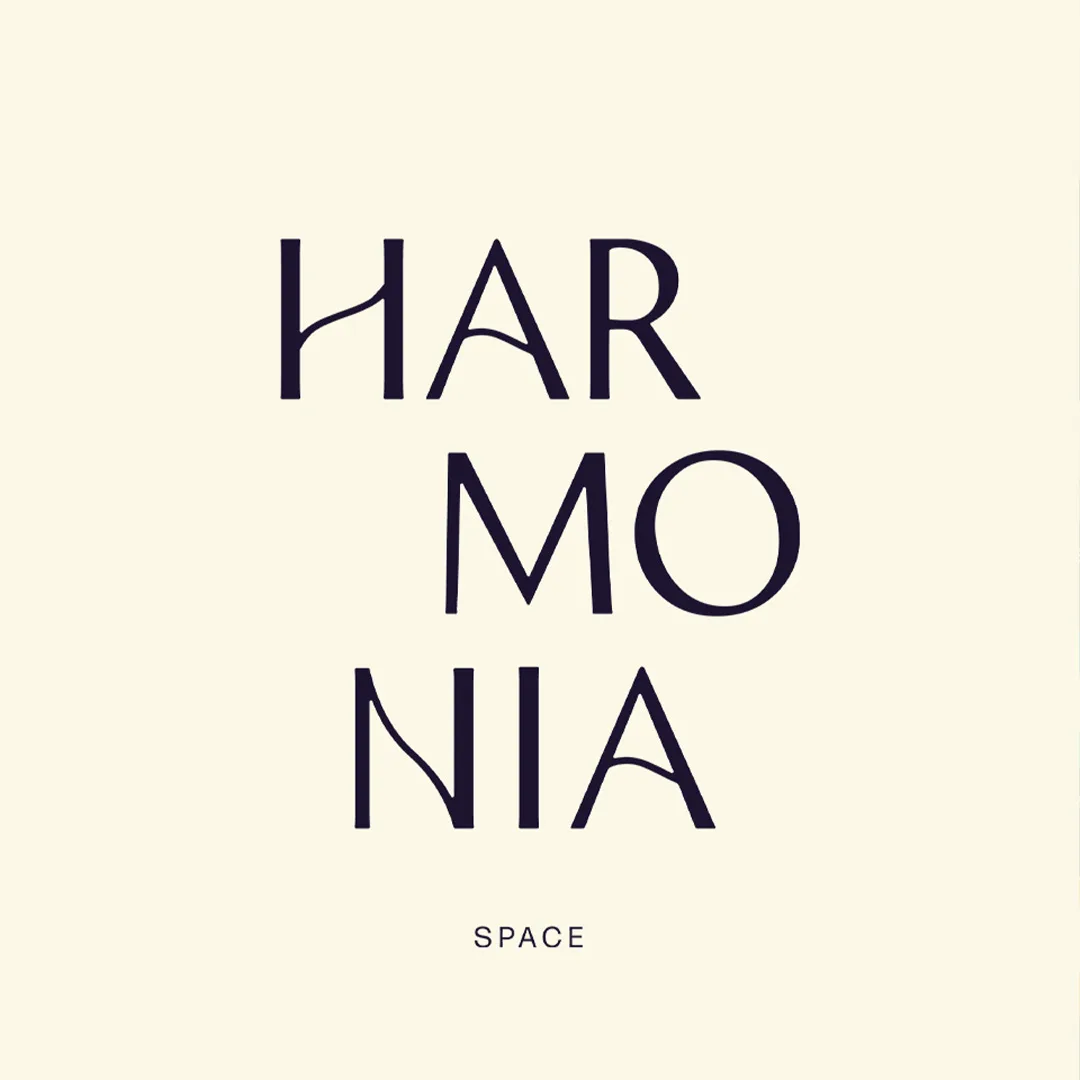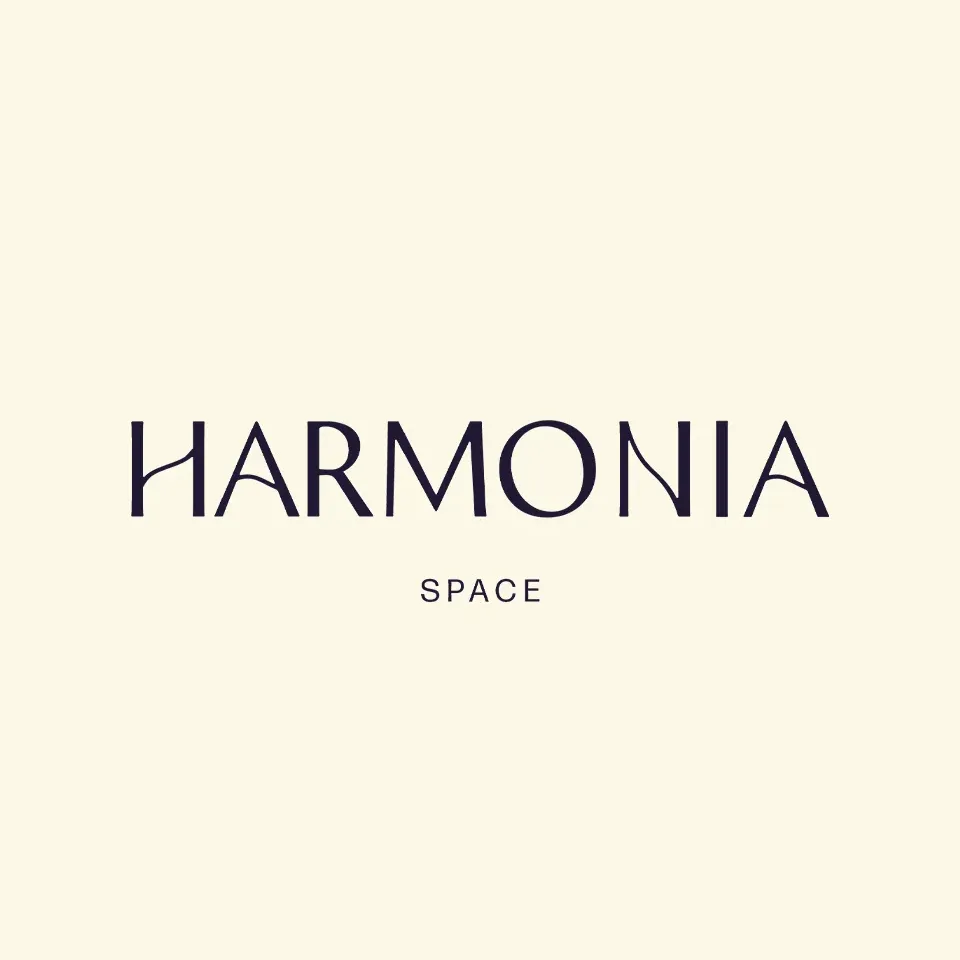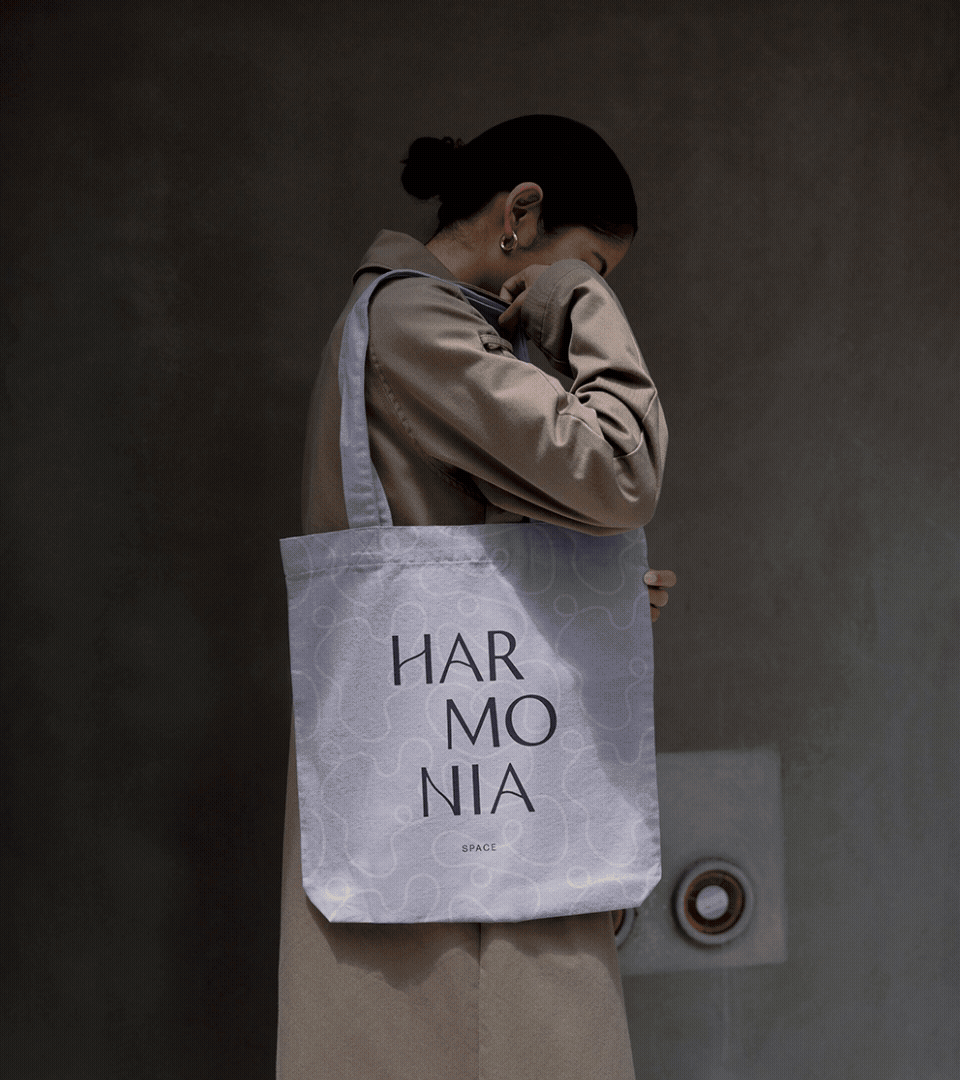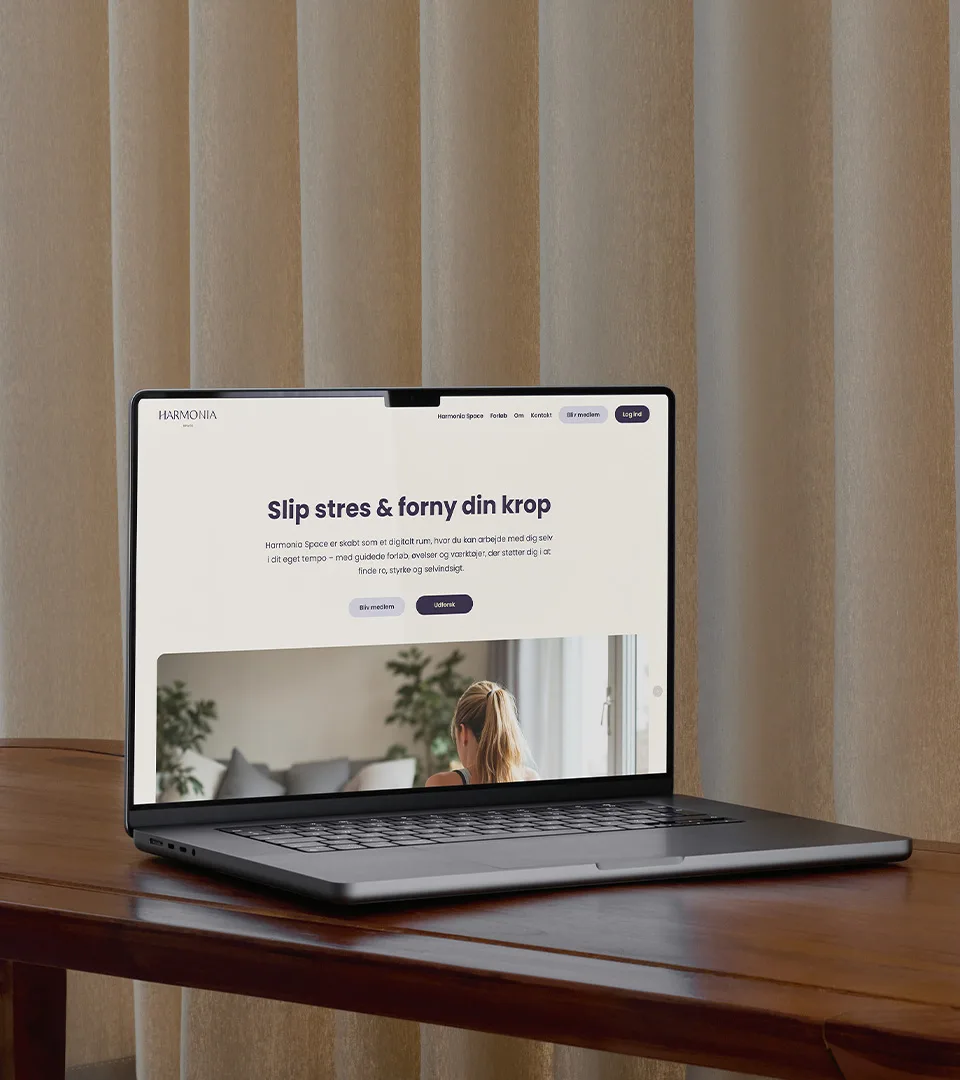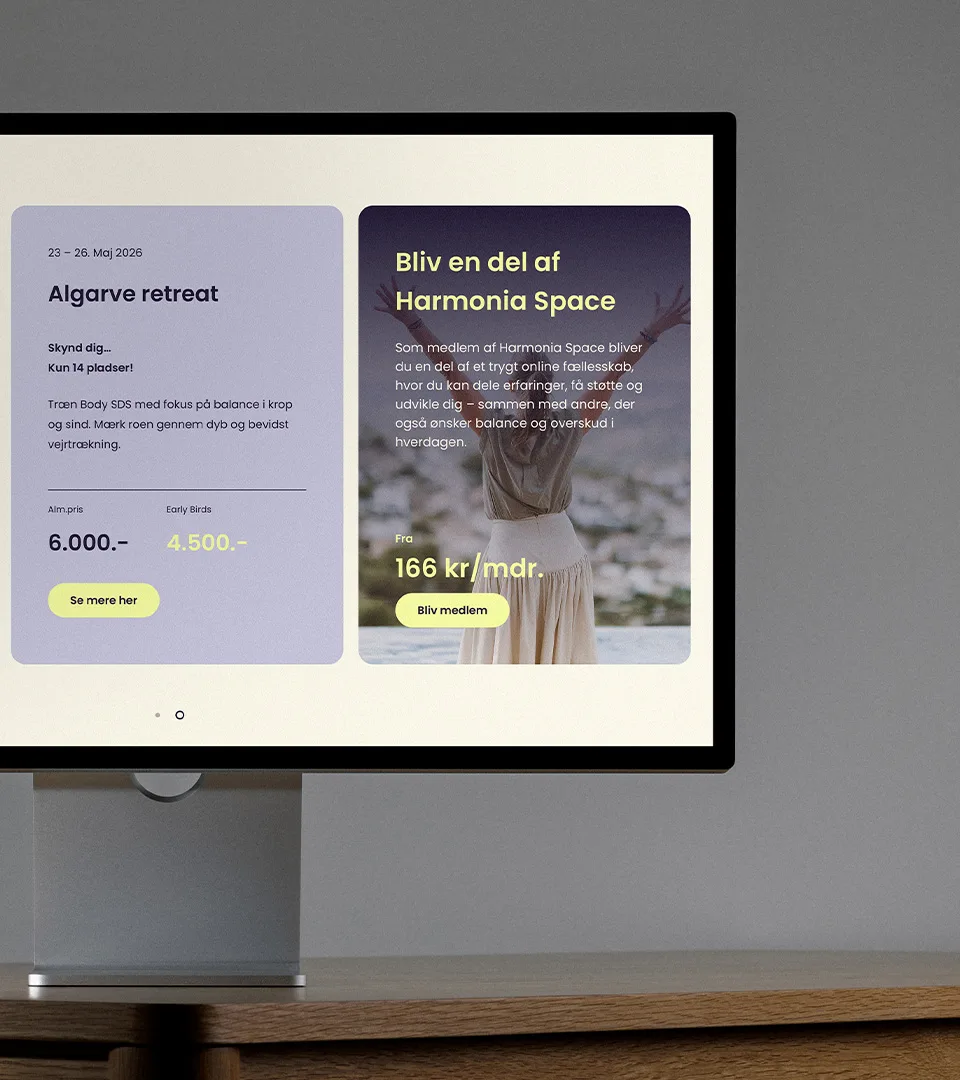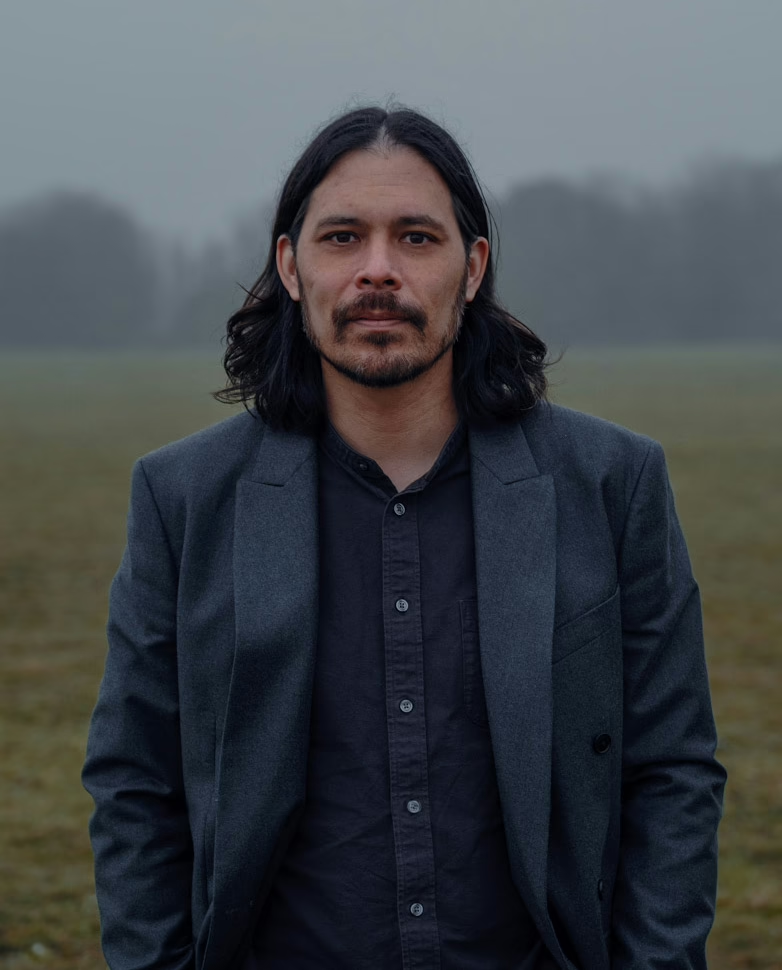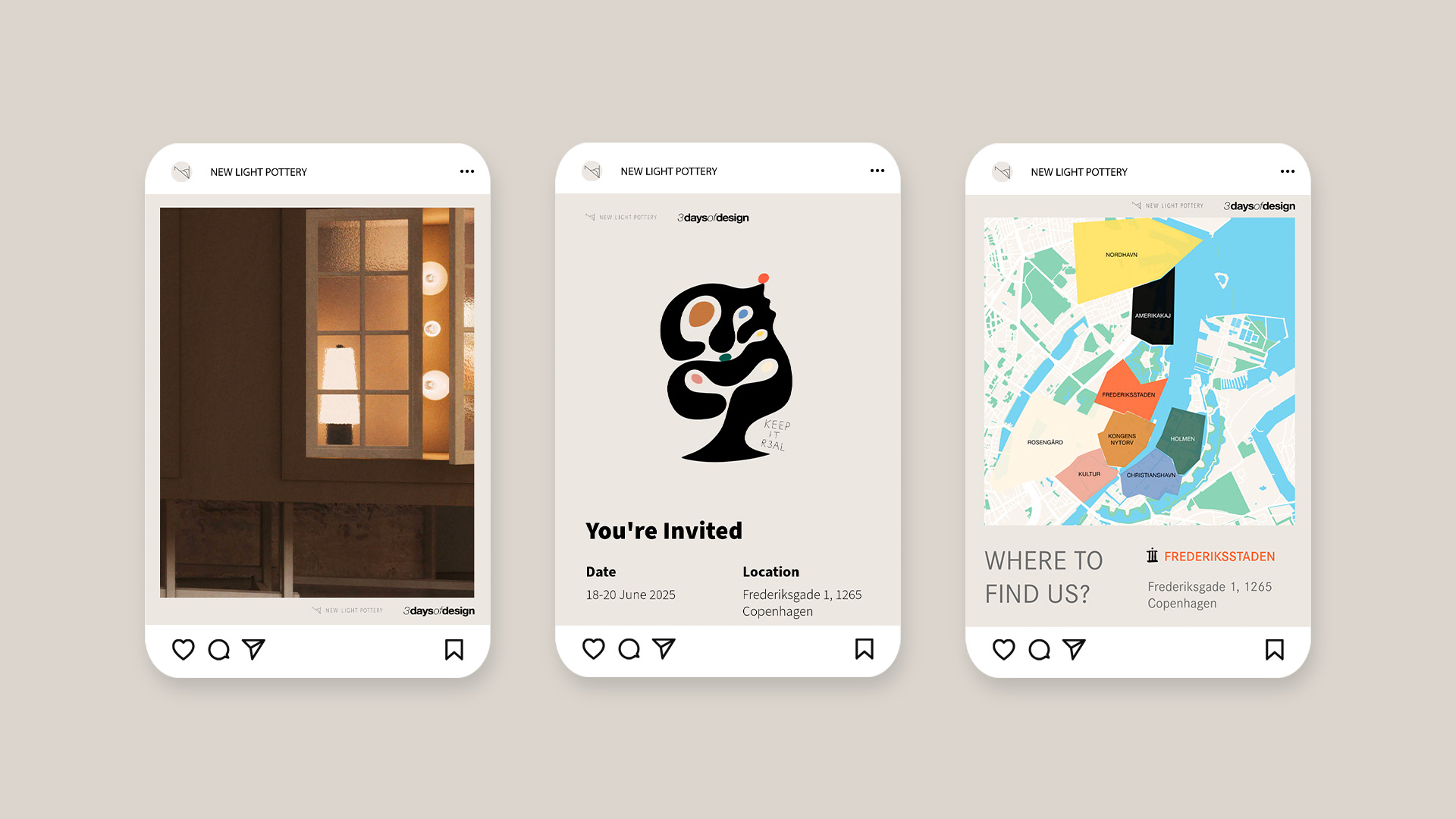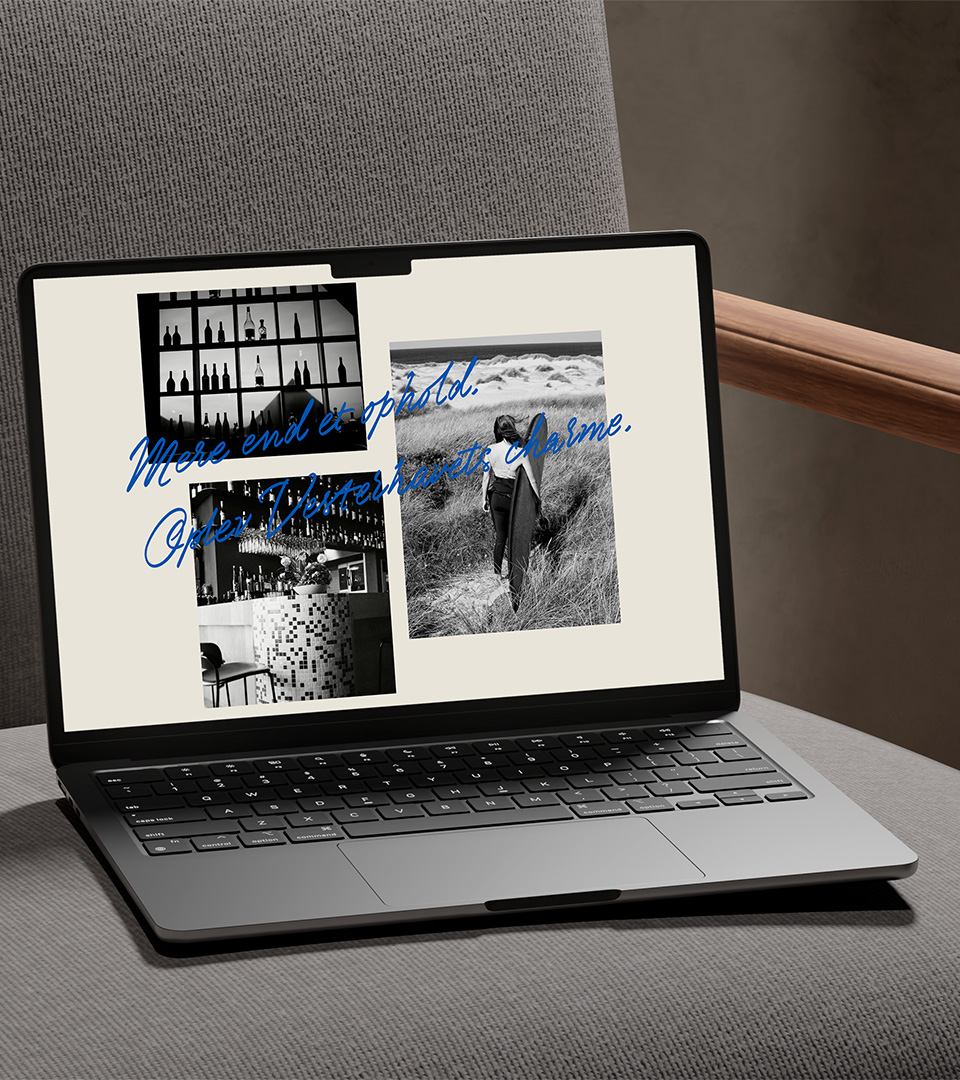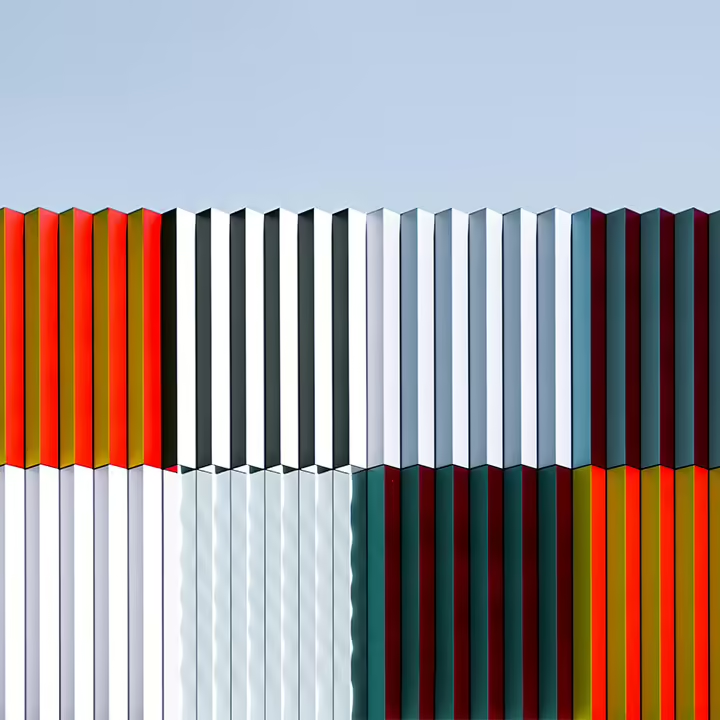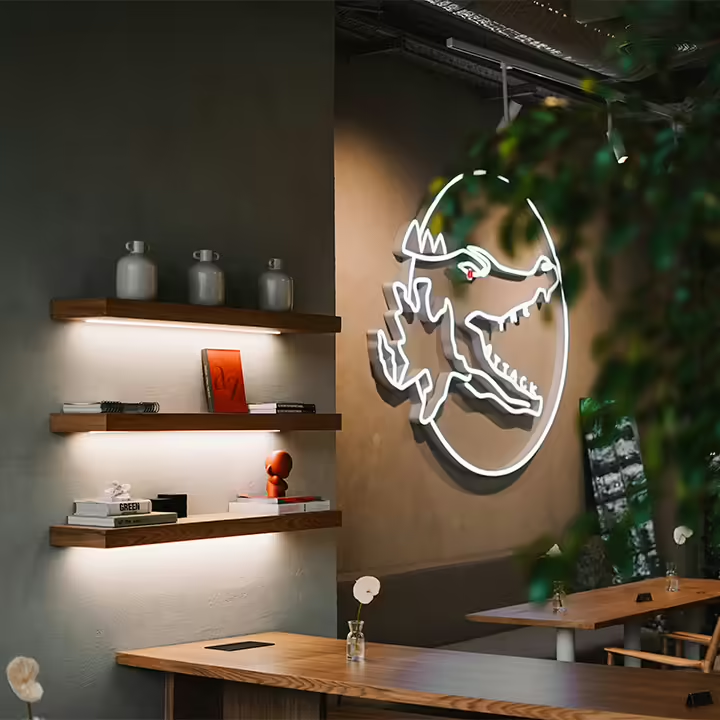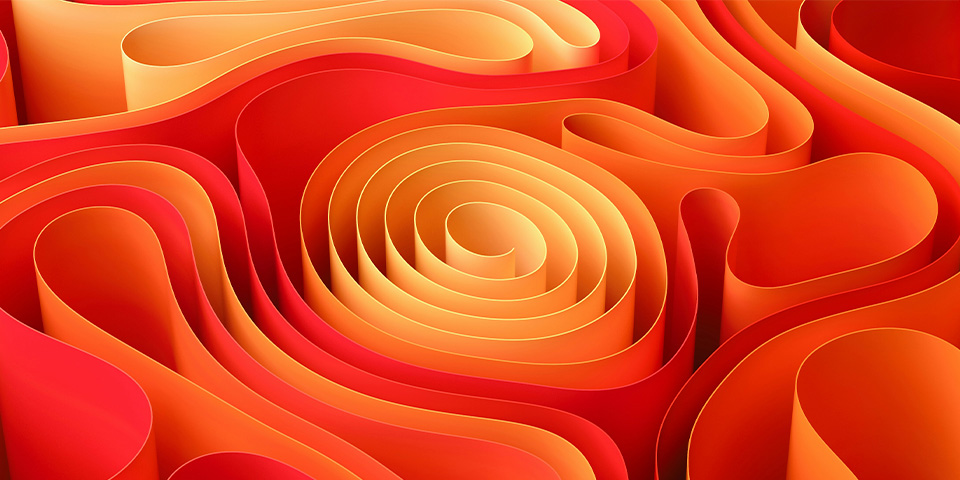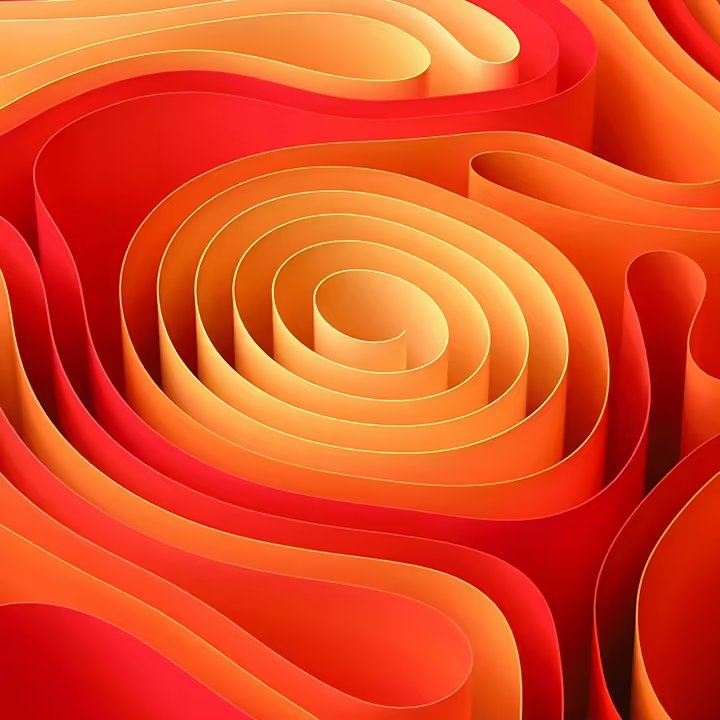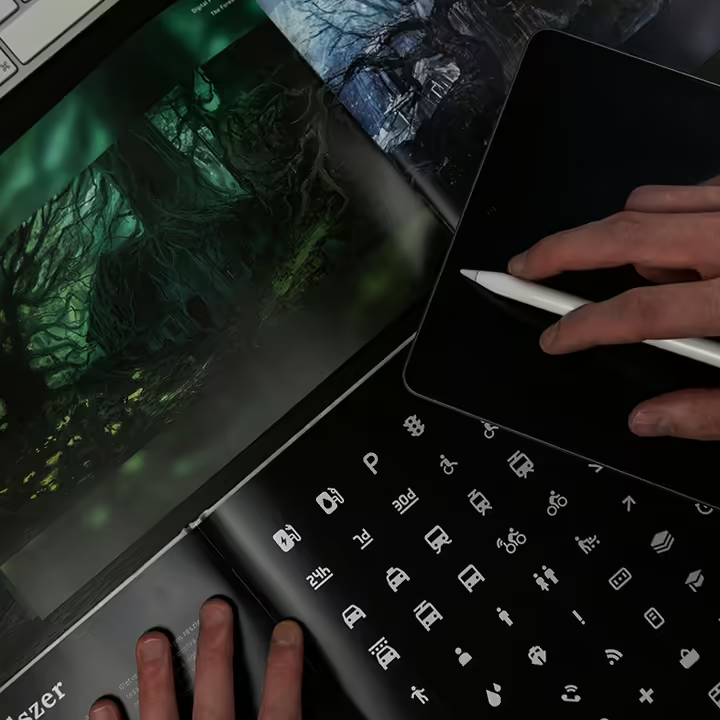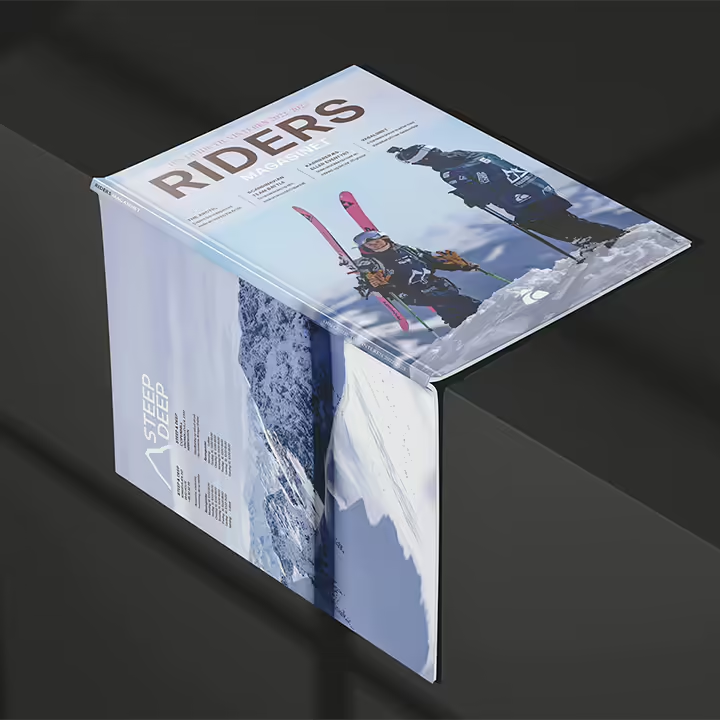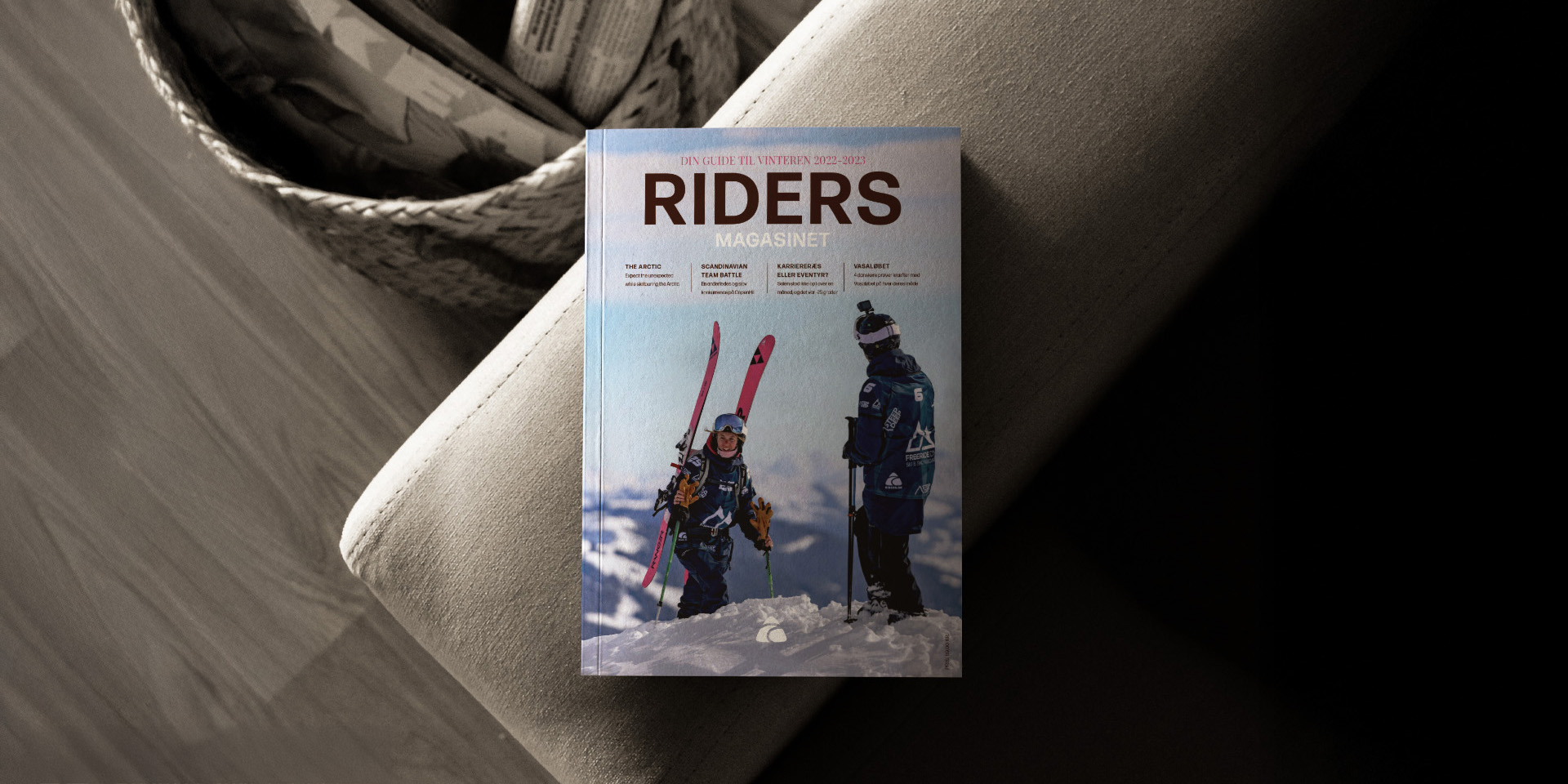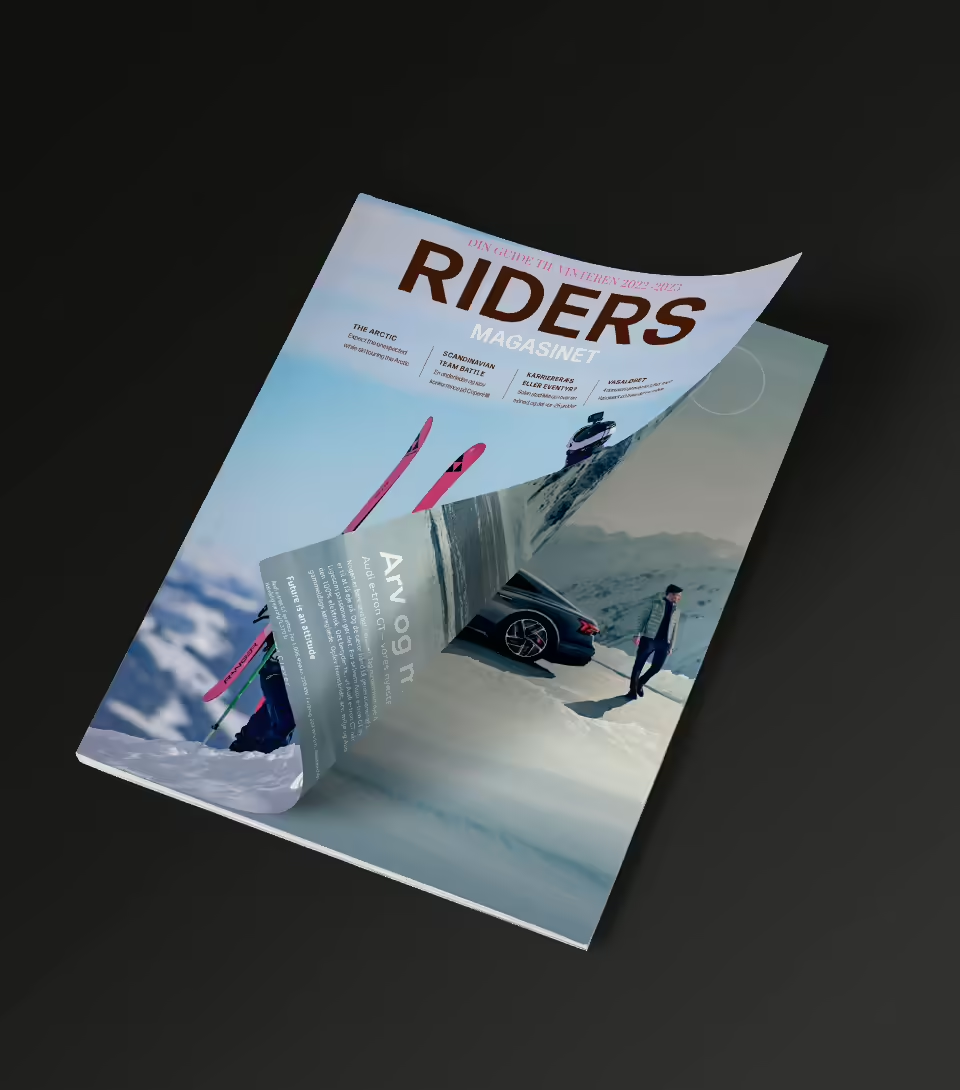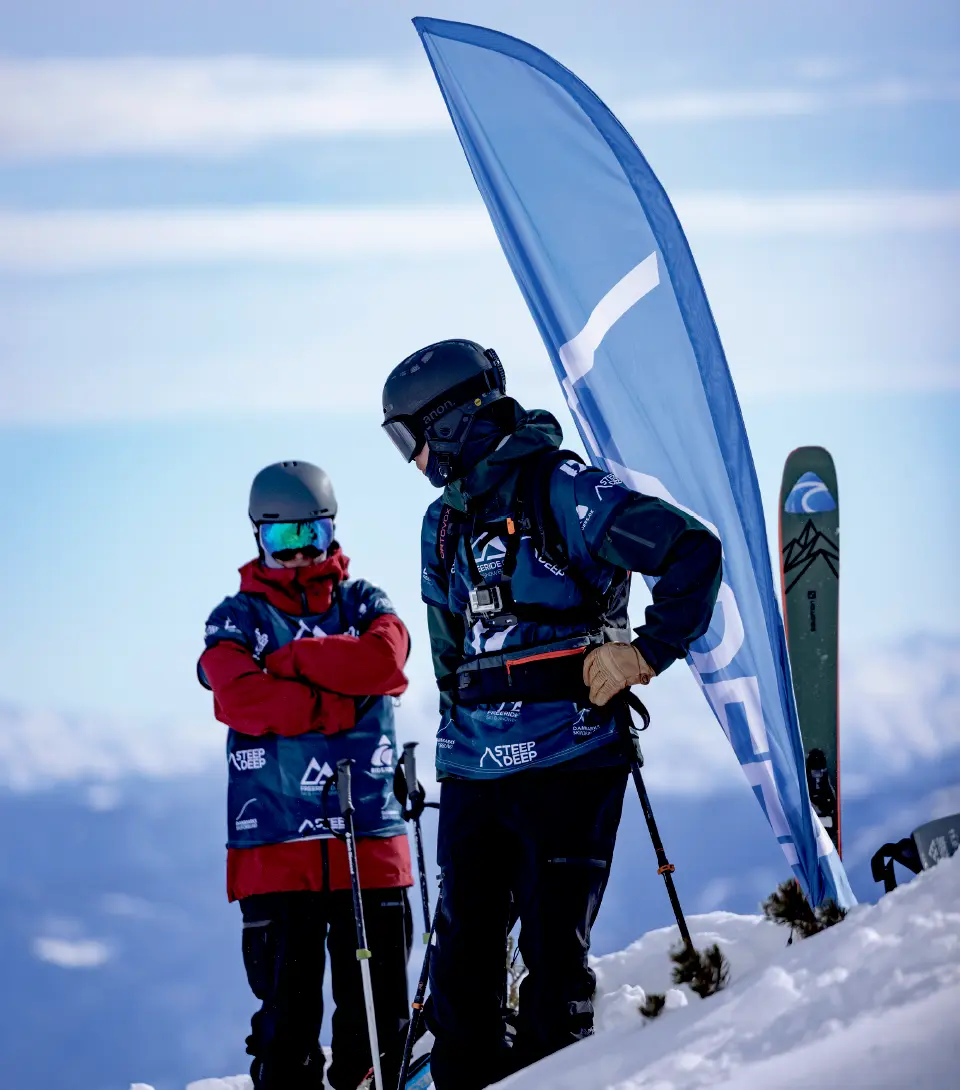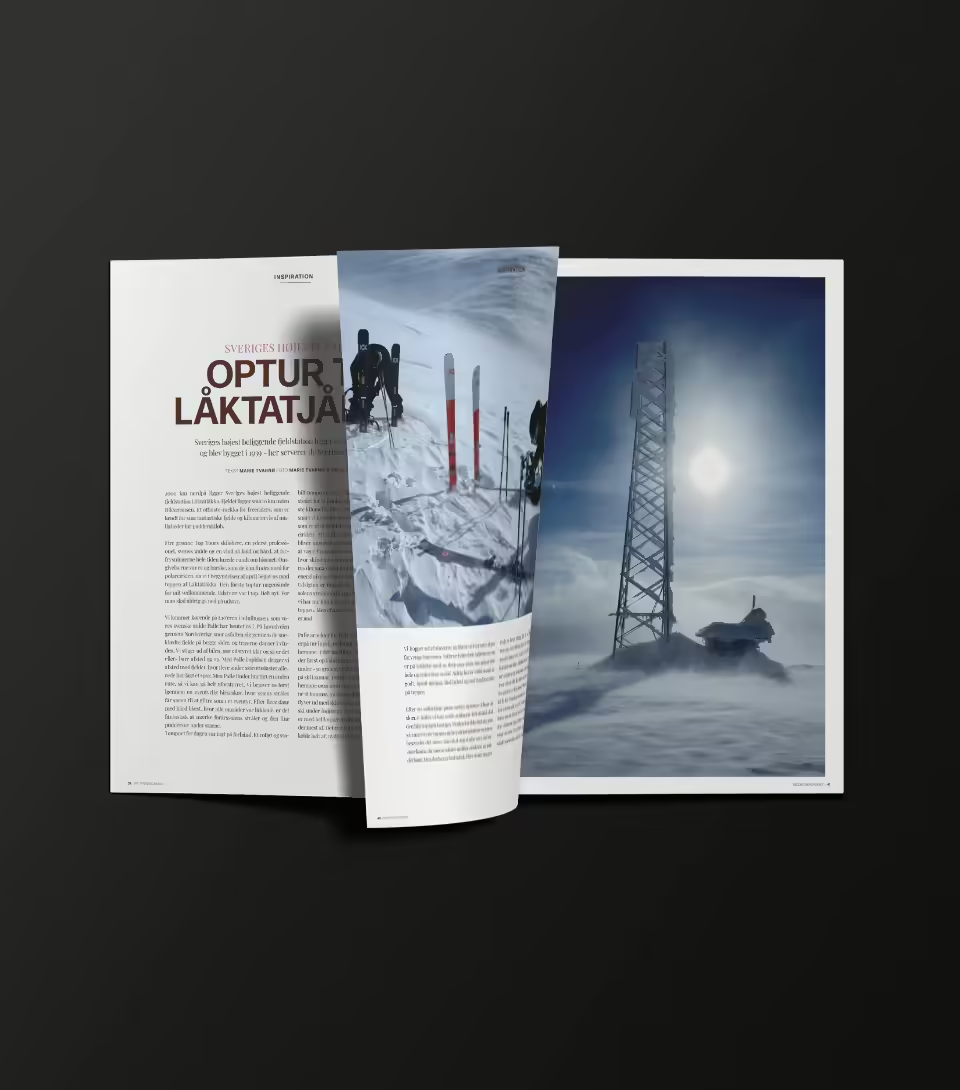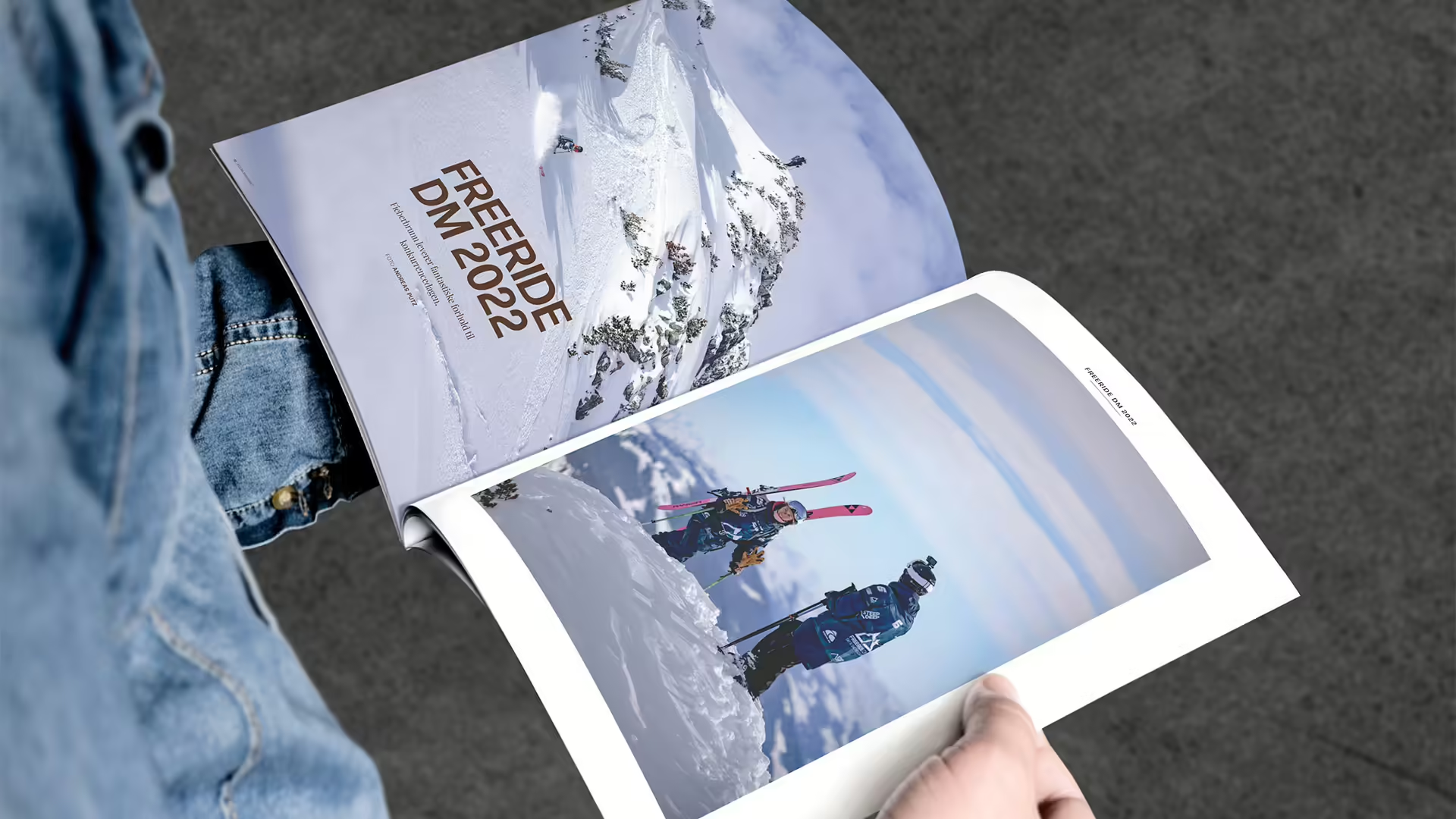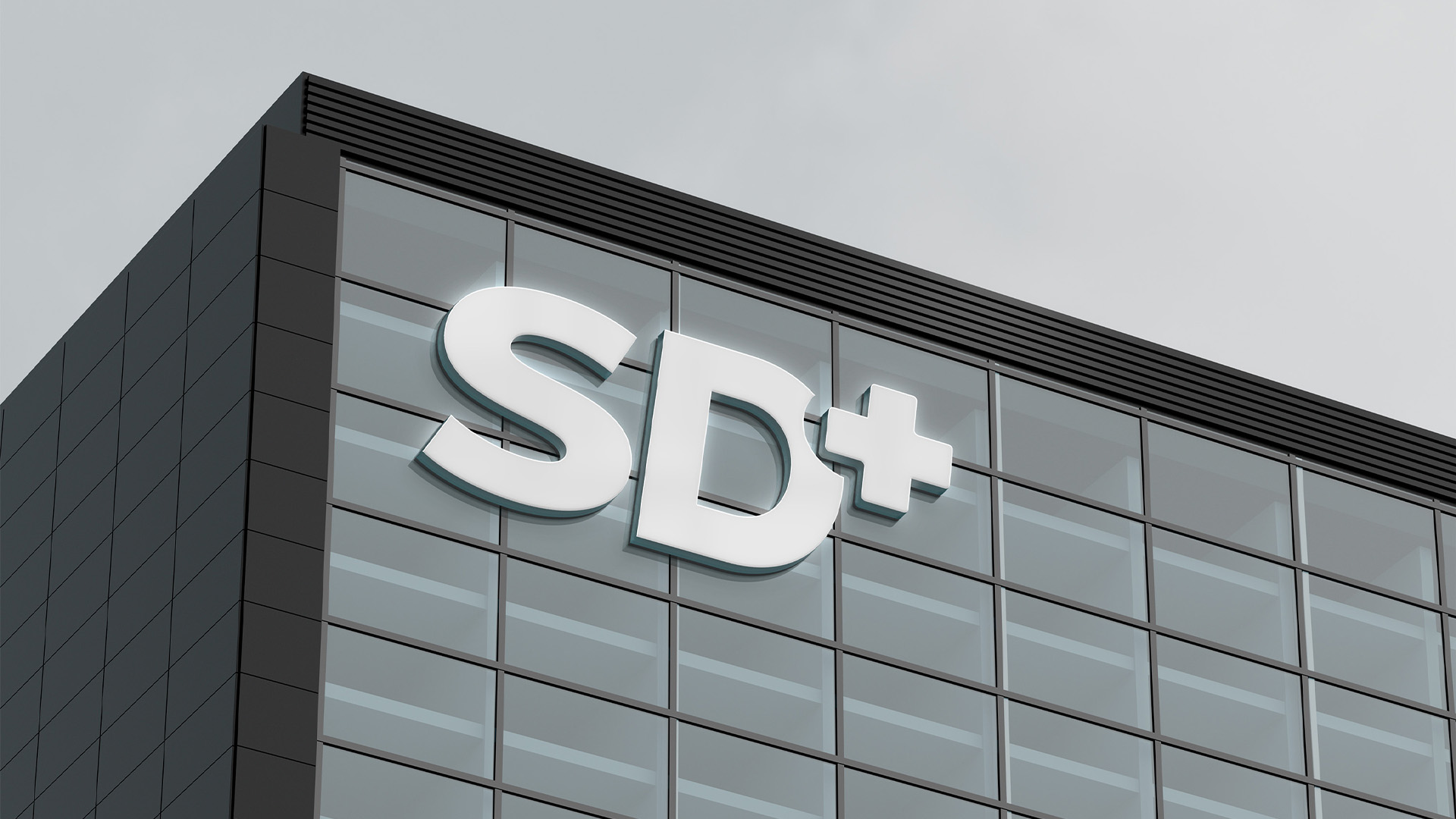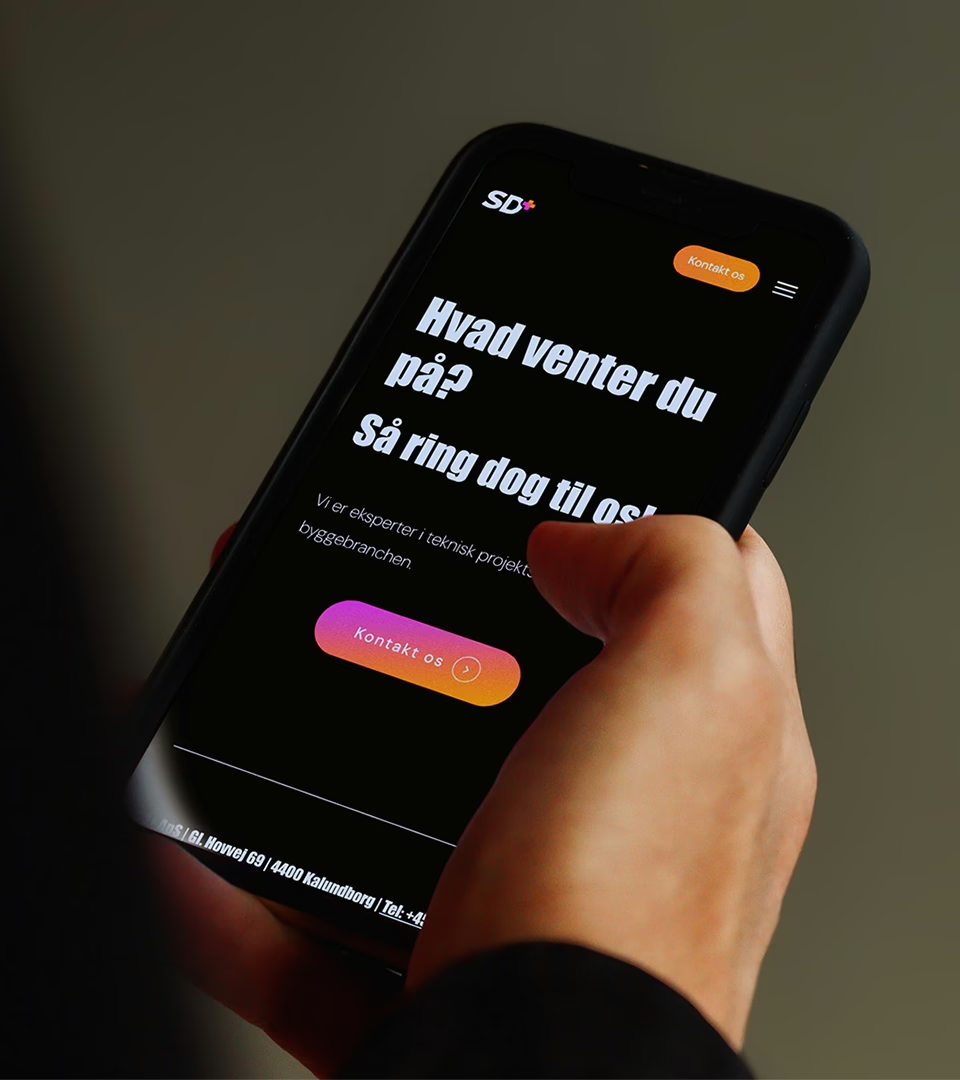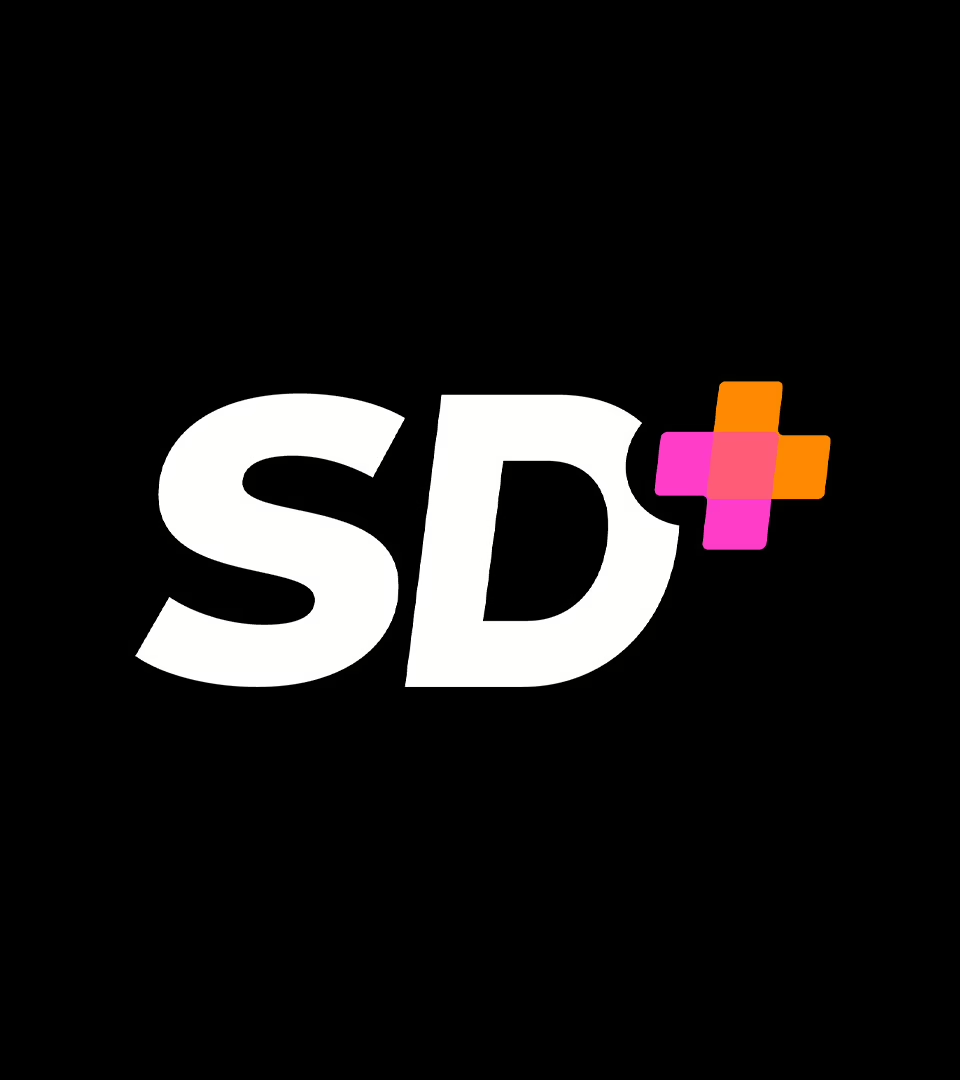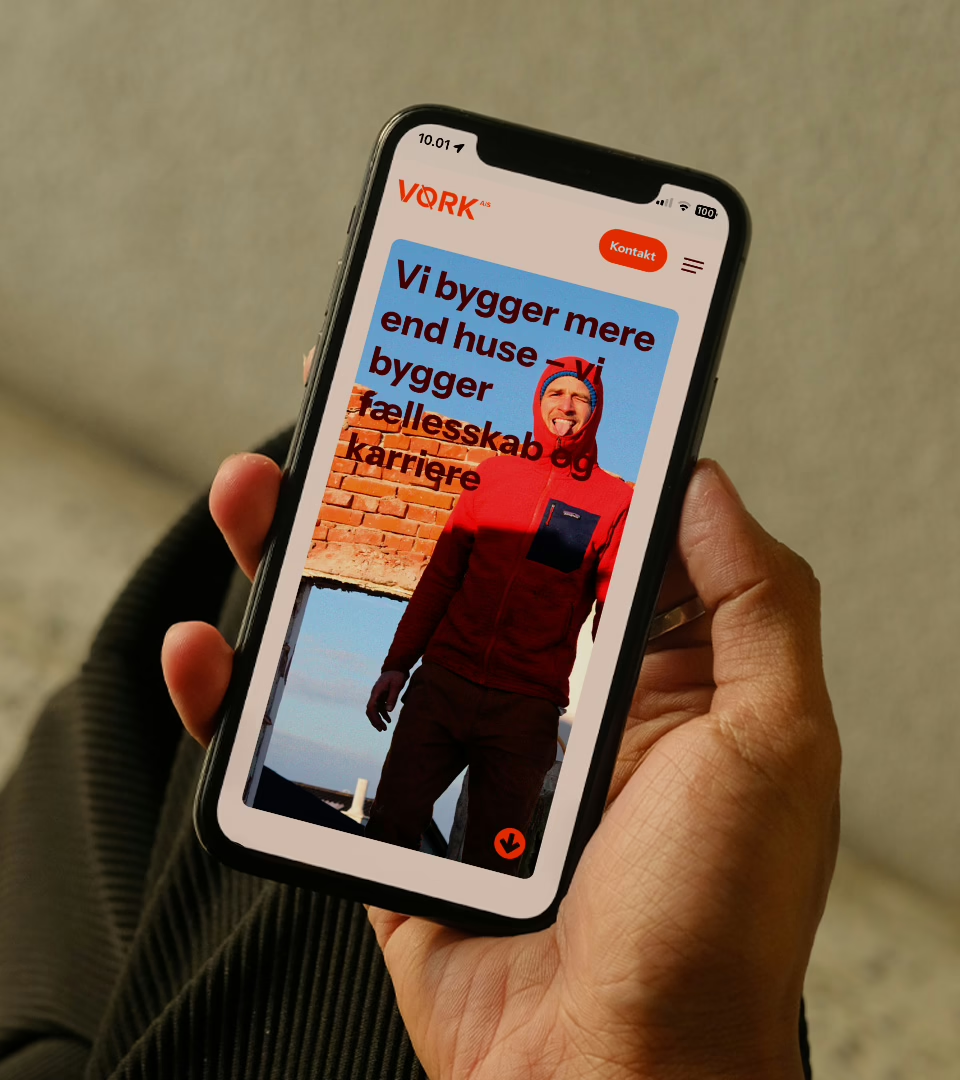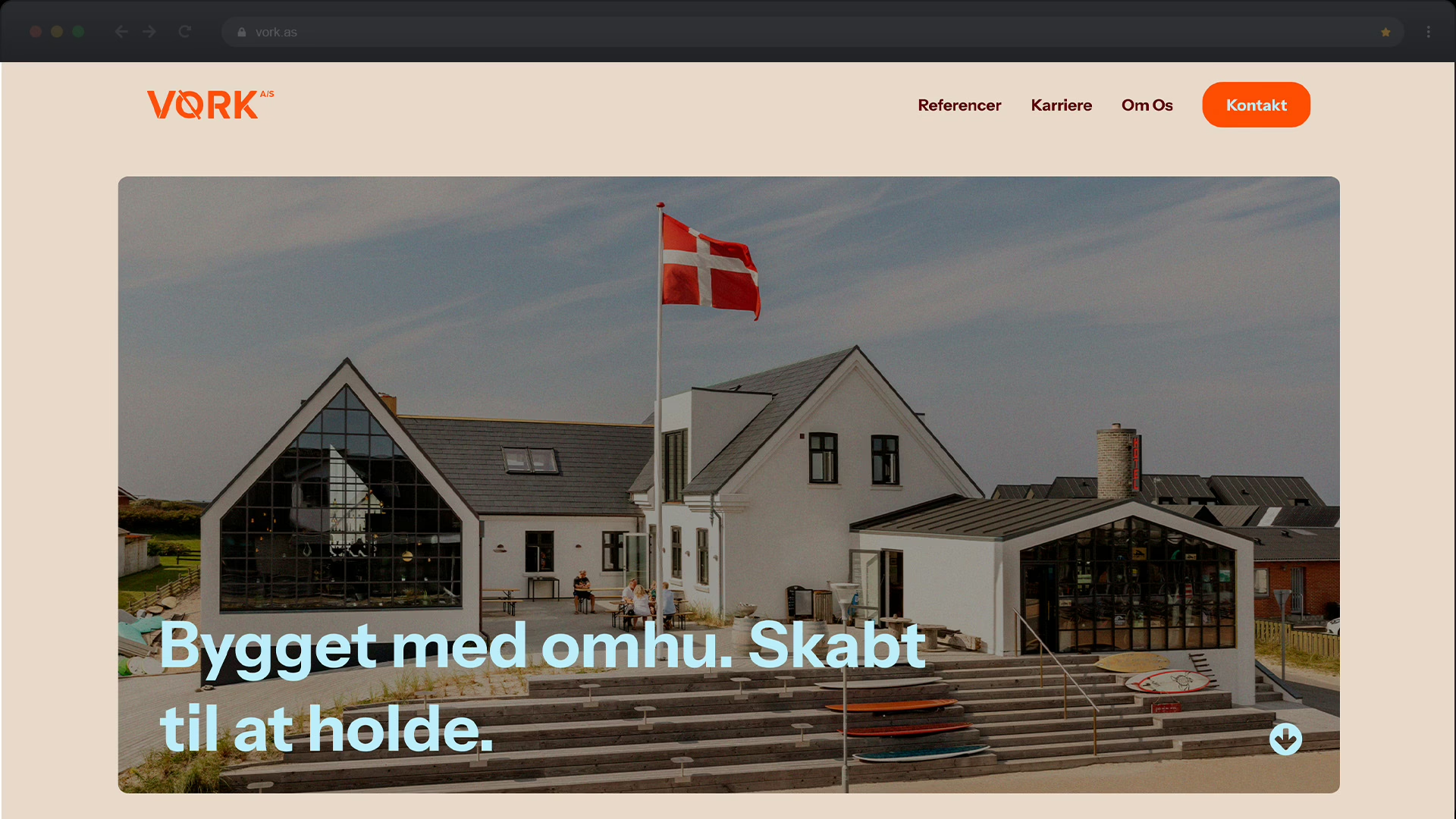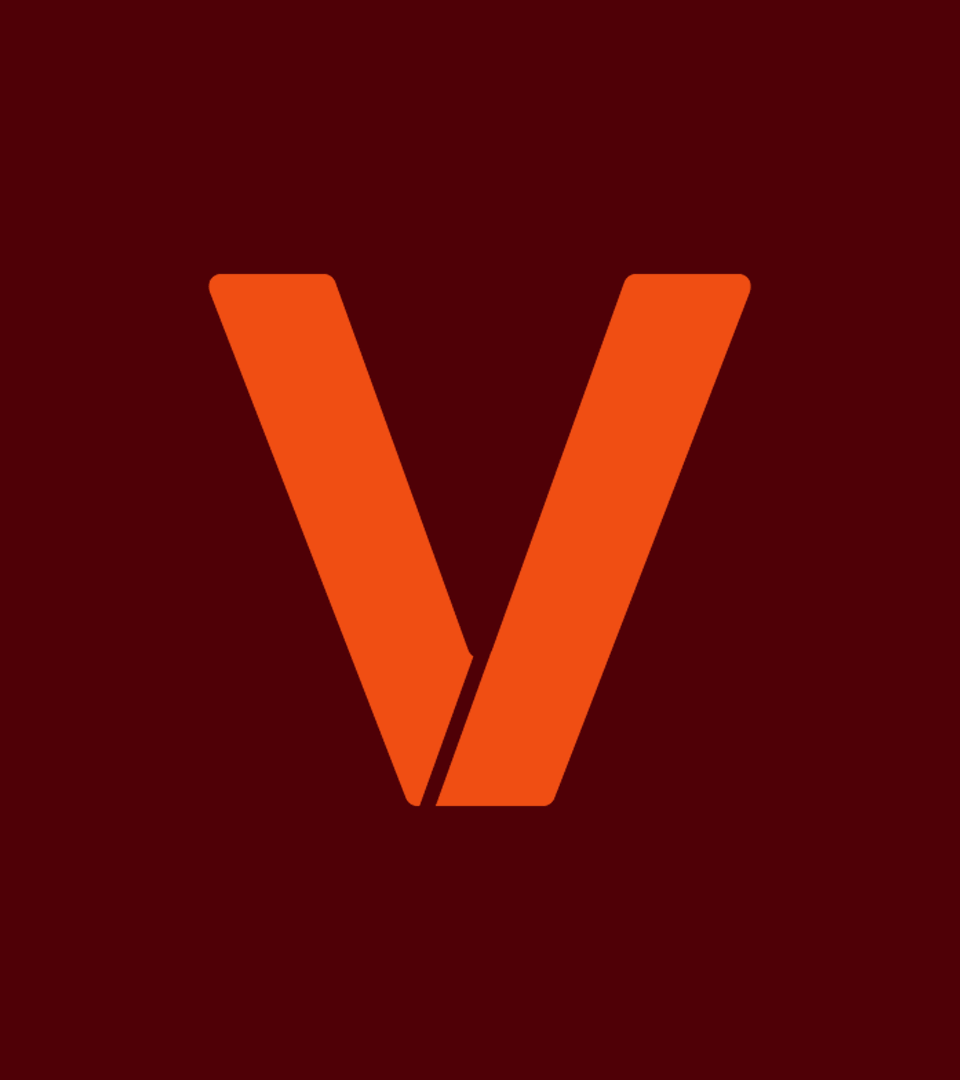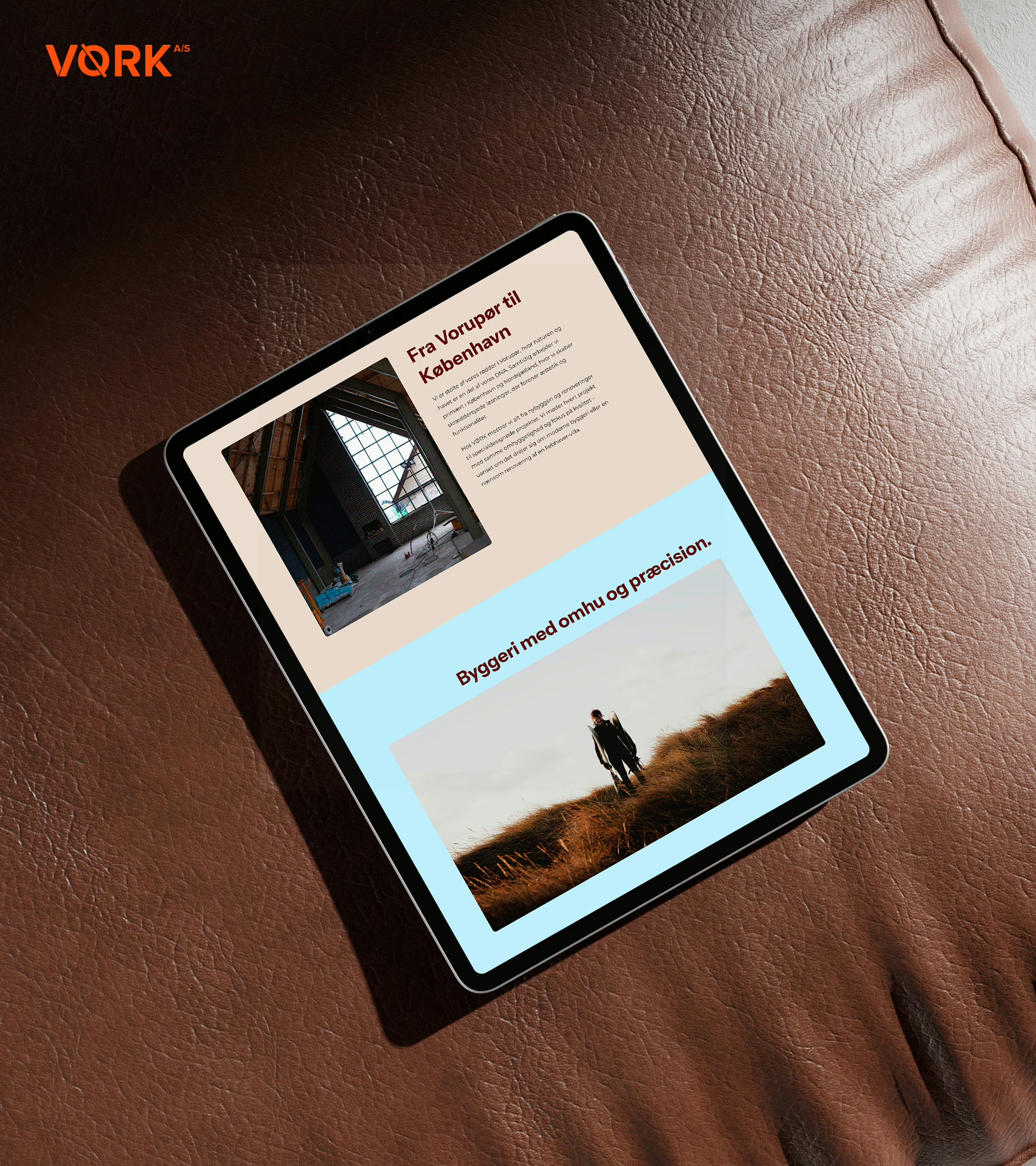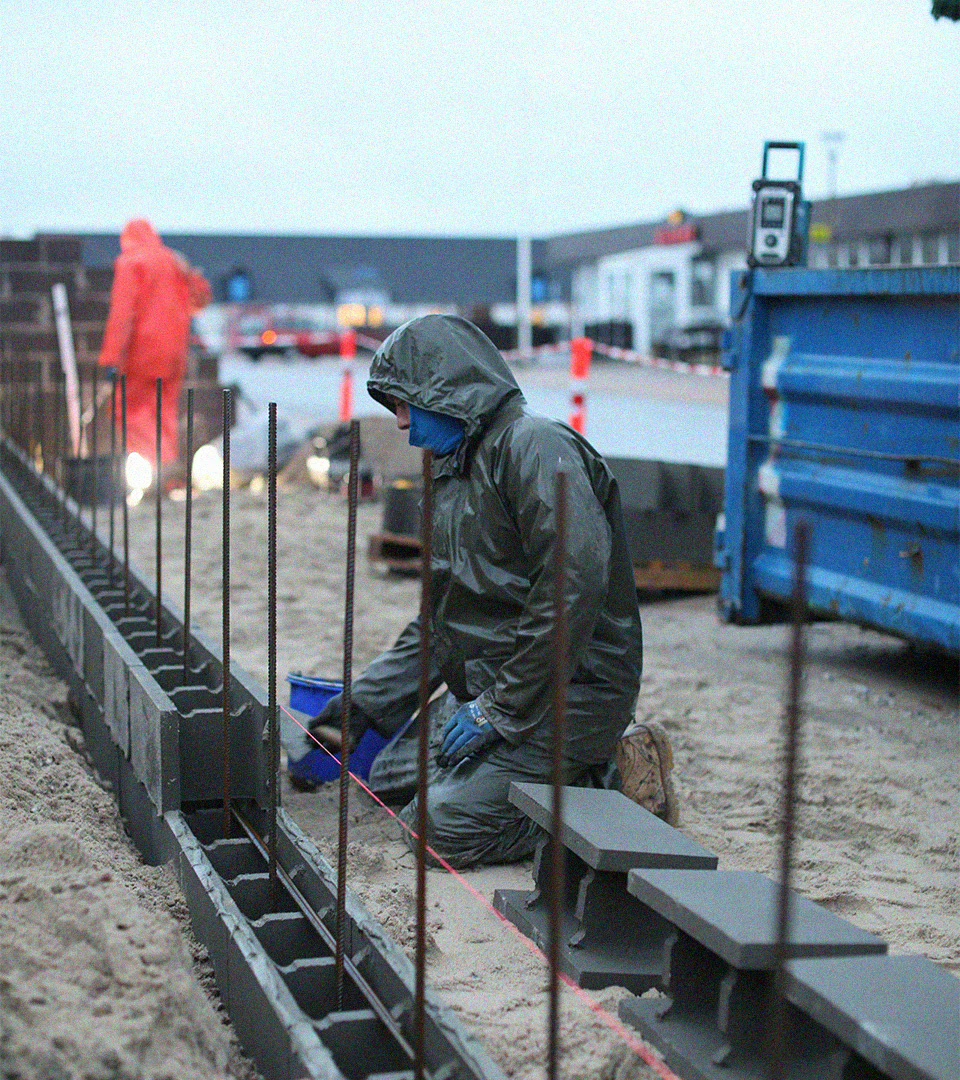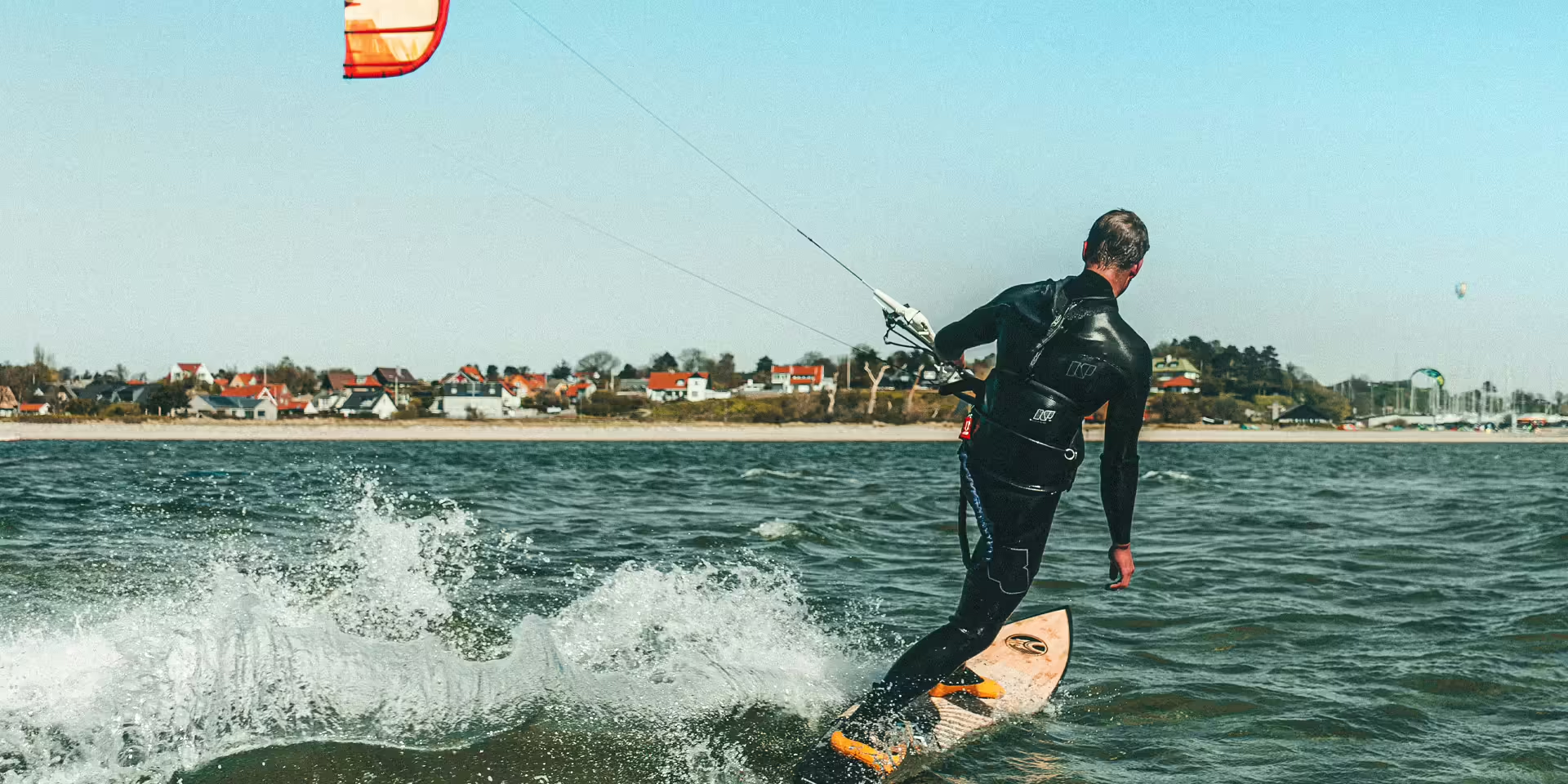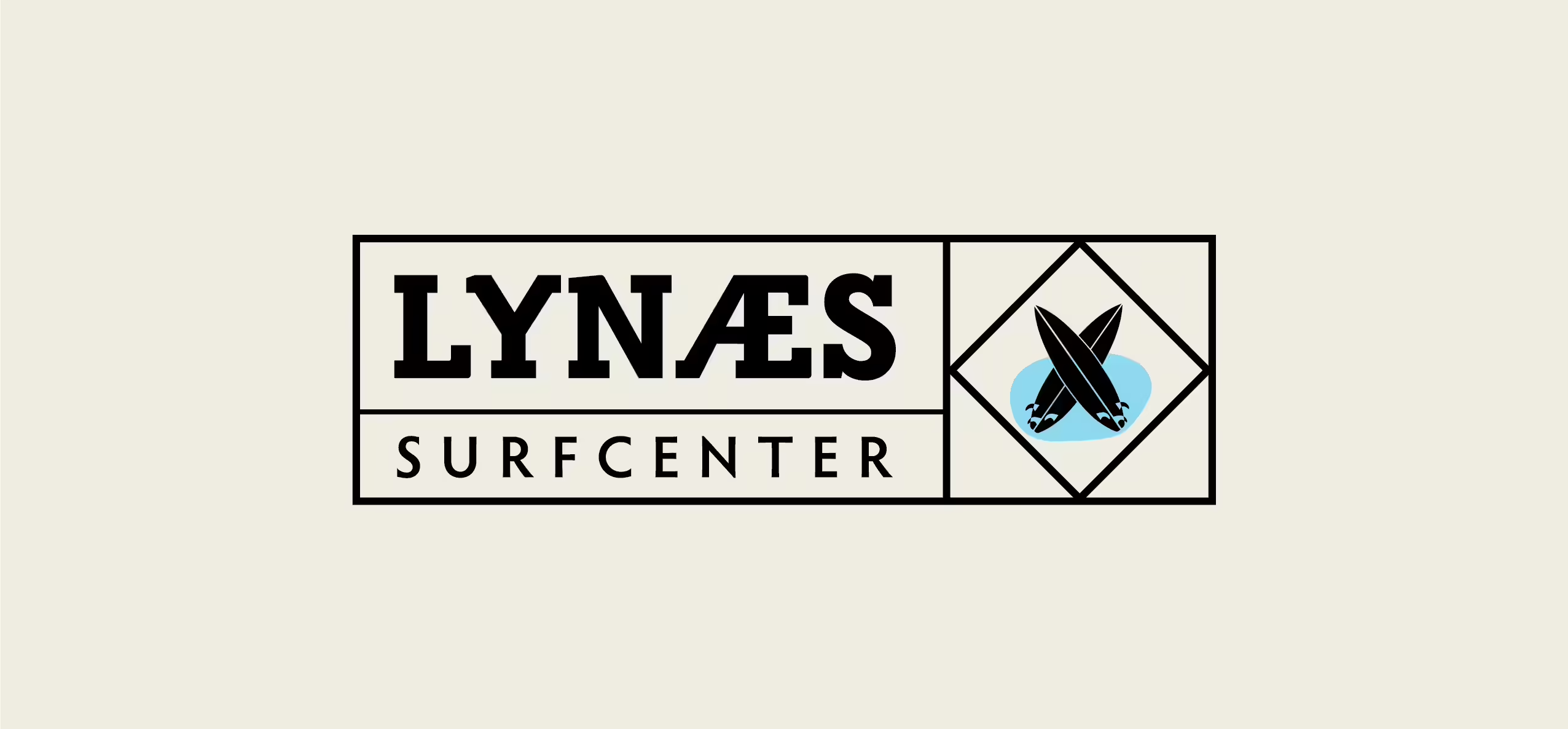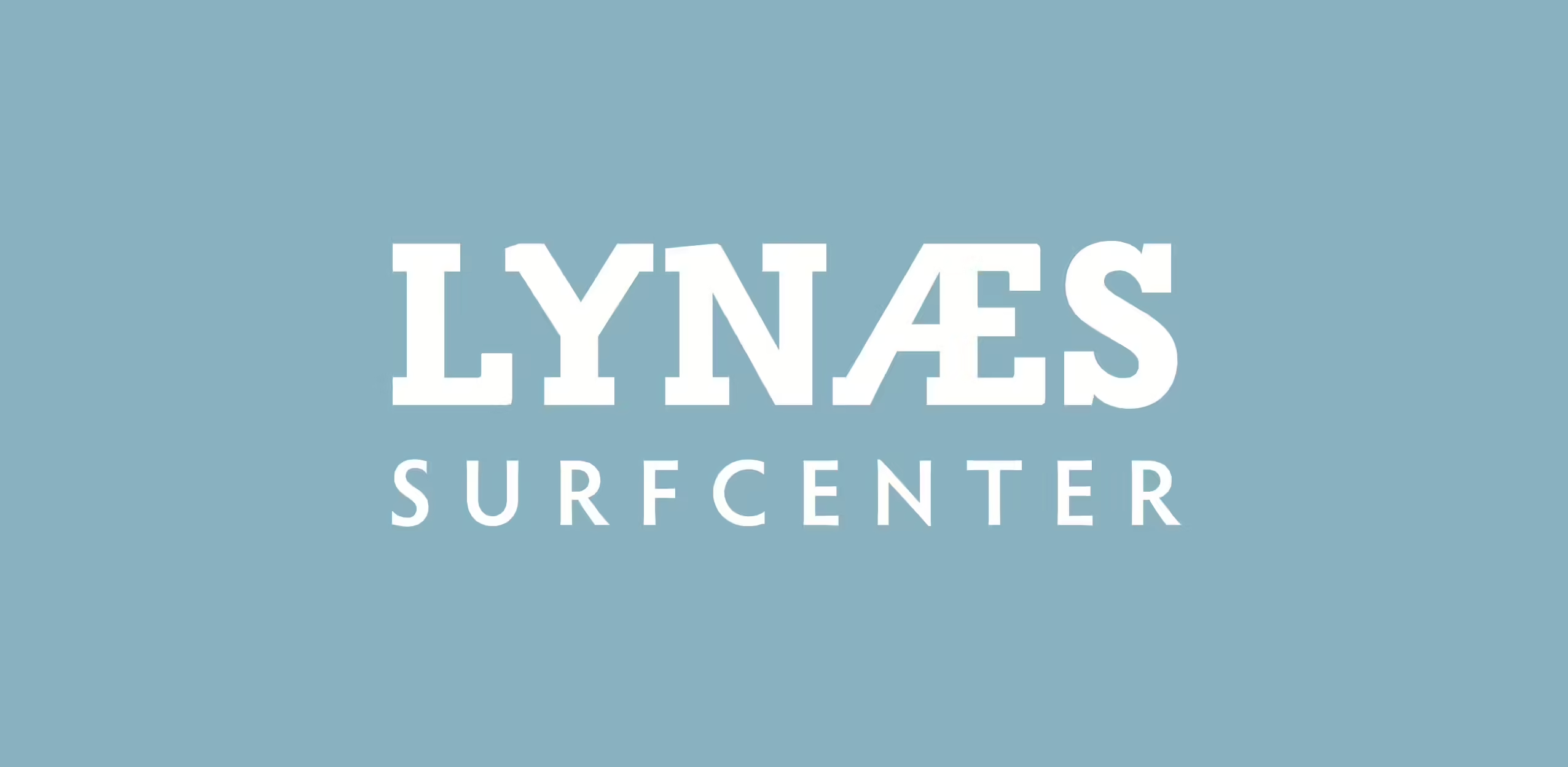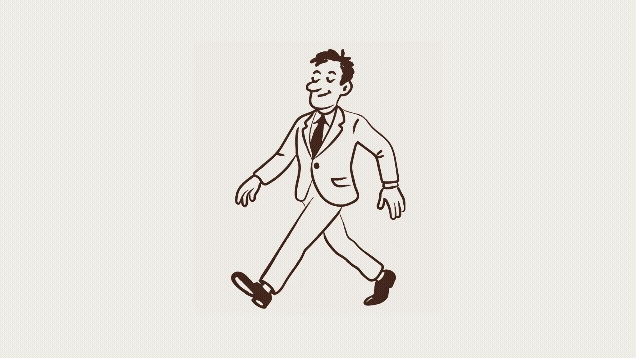
Client
Å Store &
Wils Copenhagen
Services
Visual identity
Website Design
Development
From Two Boutiques to One Brand Universe: Uniting Å Store and Wils Copenhagen
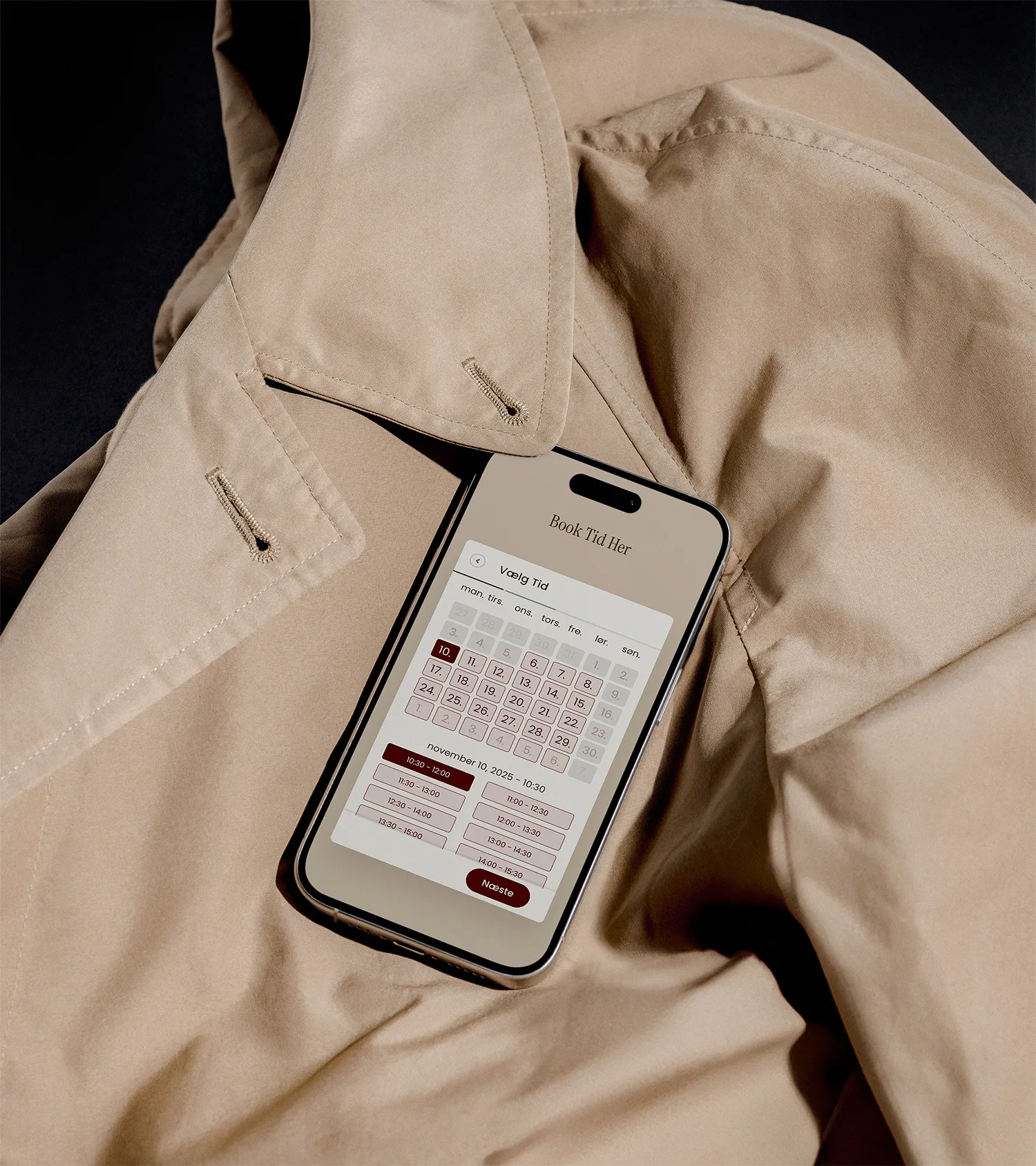
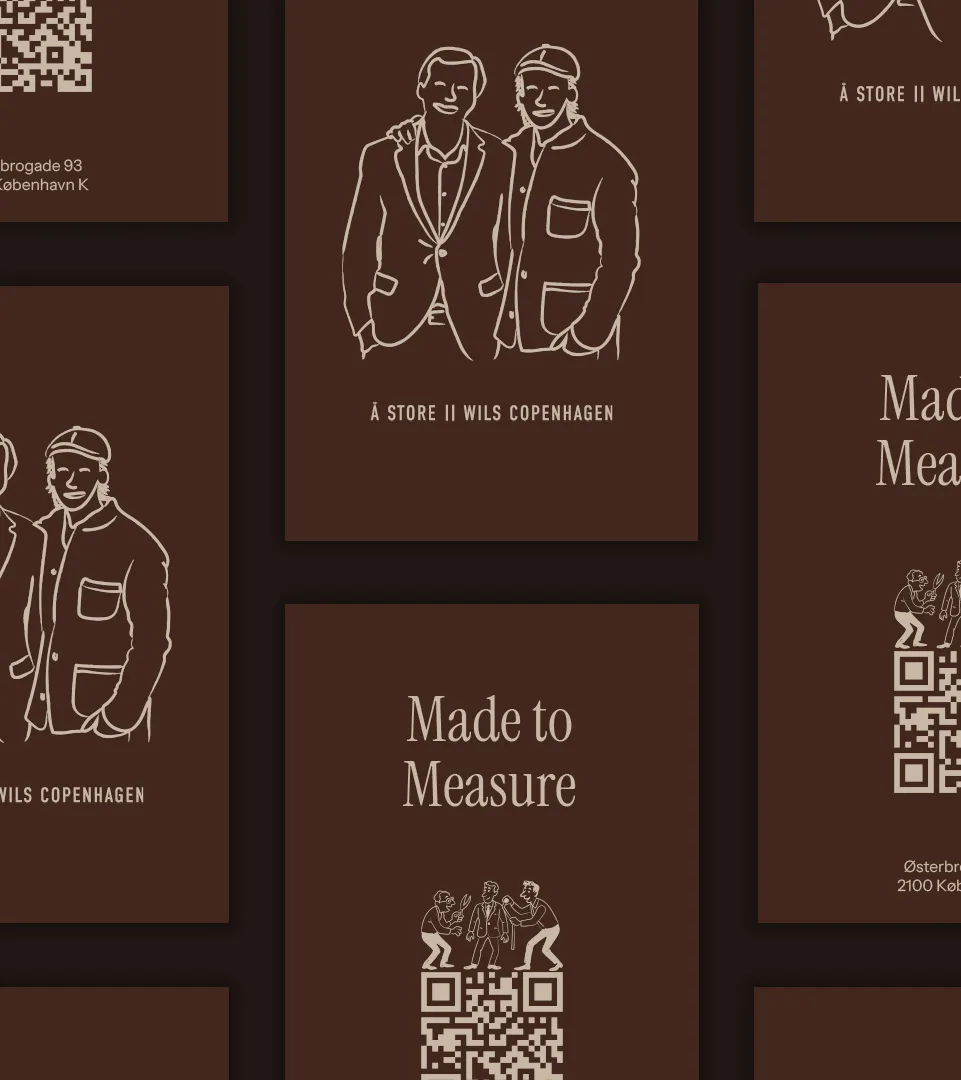
The Background
In the heart of Østerbro, two menswear stores had become quiet institutions in their own right. Wils represented classic tailoring and craftsmanship, while Å Store brought a more contemporary, curated perspective on style and lifestyle. Over time, both built a loyal local following — but stood at a crossroads: how to appear as one unified brand that felt modern, relevant, and digitally connected.
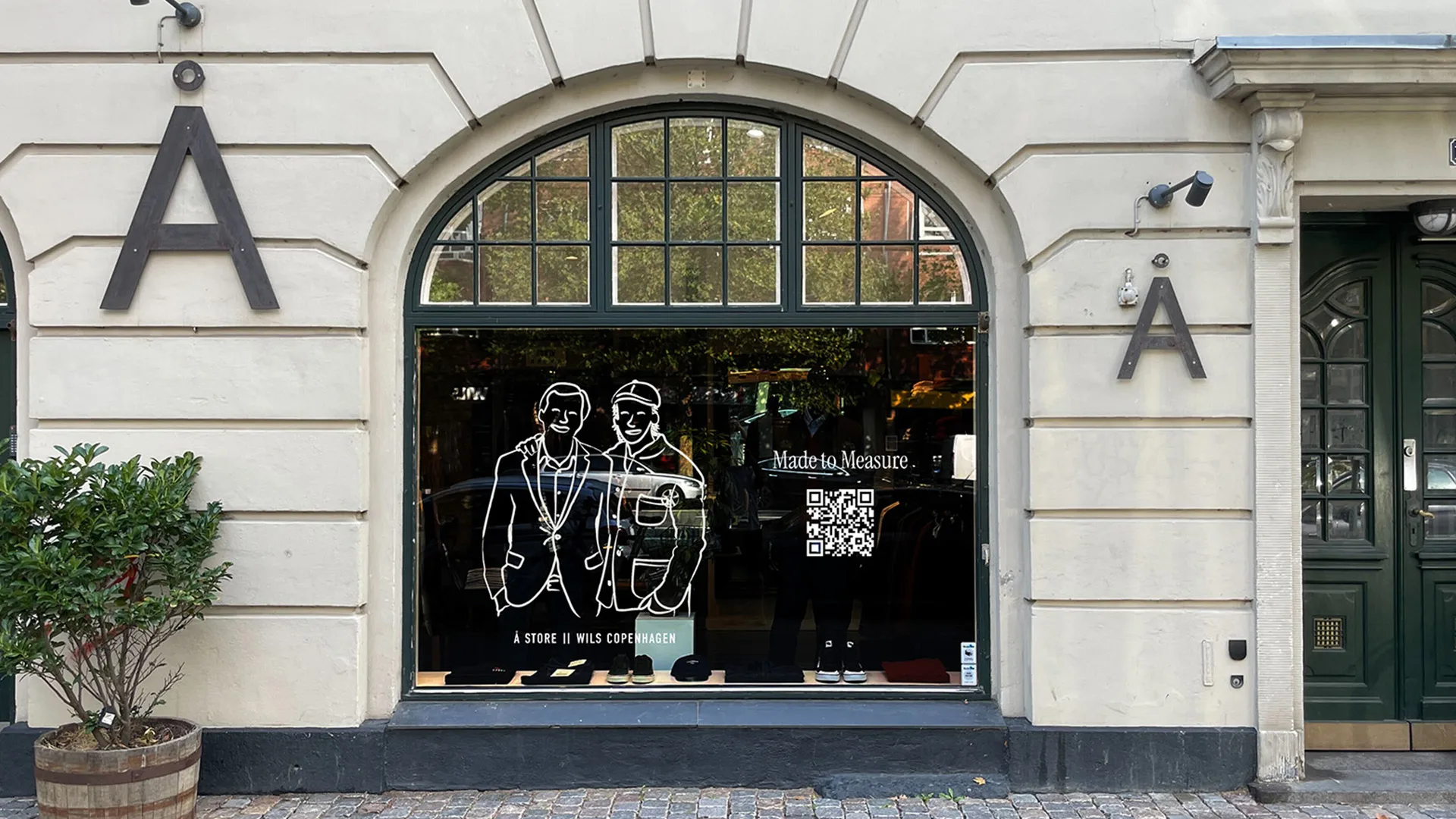
The Problem
Although the two stores shared ownership and philosophy, they each had separate identities, tones, and visual expressions. To new customers, the connection between them wasn’t clear. At the same time, retail around them was shifting rapidly toward digital convenience, and the need for a coherent story and consistent identity grew stronger — especially for a brand built on personality, presence, and curation rather than mass appeal.
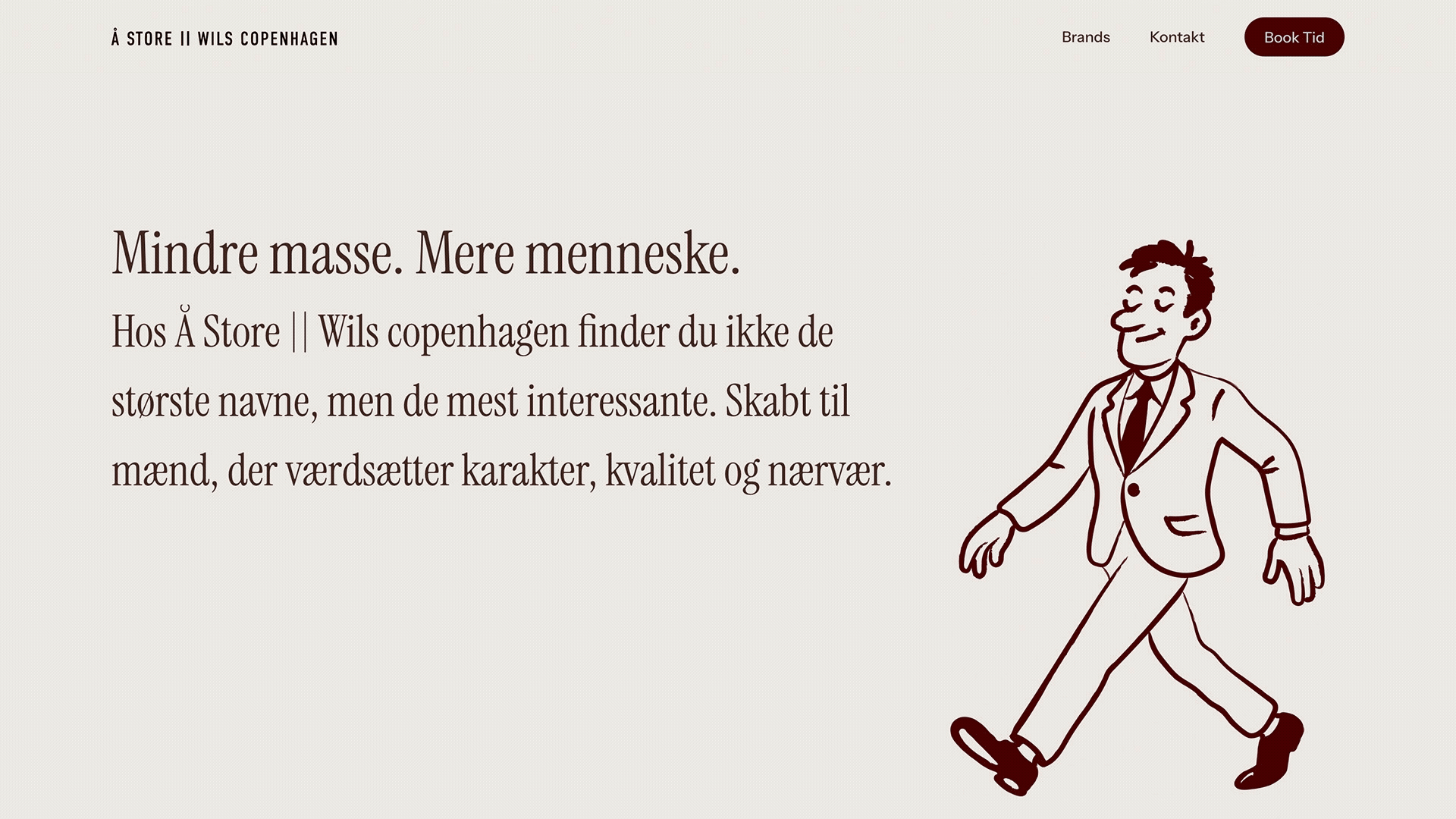
Linen White
#EBEAE4
Heritage Sand
#C2B7A3
Nordic Sky
#C4D2DF
Oxblood
#420000
Aged Walnut
#3E2B24
The Solution
Together, we developed a new brand narrative and visual identity that brought Å Store and Wils together under one universe: “Less mass. More human.”
A story that connects local presence with modern sophistication.
We designed a shared identity, website, and tone of voice that mirror what makes the stores special — curated yet casual, refined yet approachable. The new digital platform allows customers to book fittings for Made to Measure, and sense the atmosphere before even stepping through the door.
The result is a brand that feels cohesive, confident, and contemporary — rooted in craftsmanship, defined by service, and made relevant for the next chapter of modern menswear.
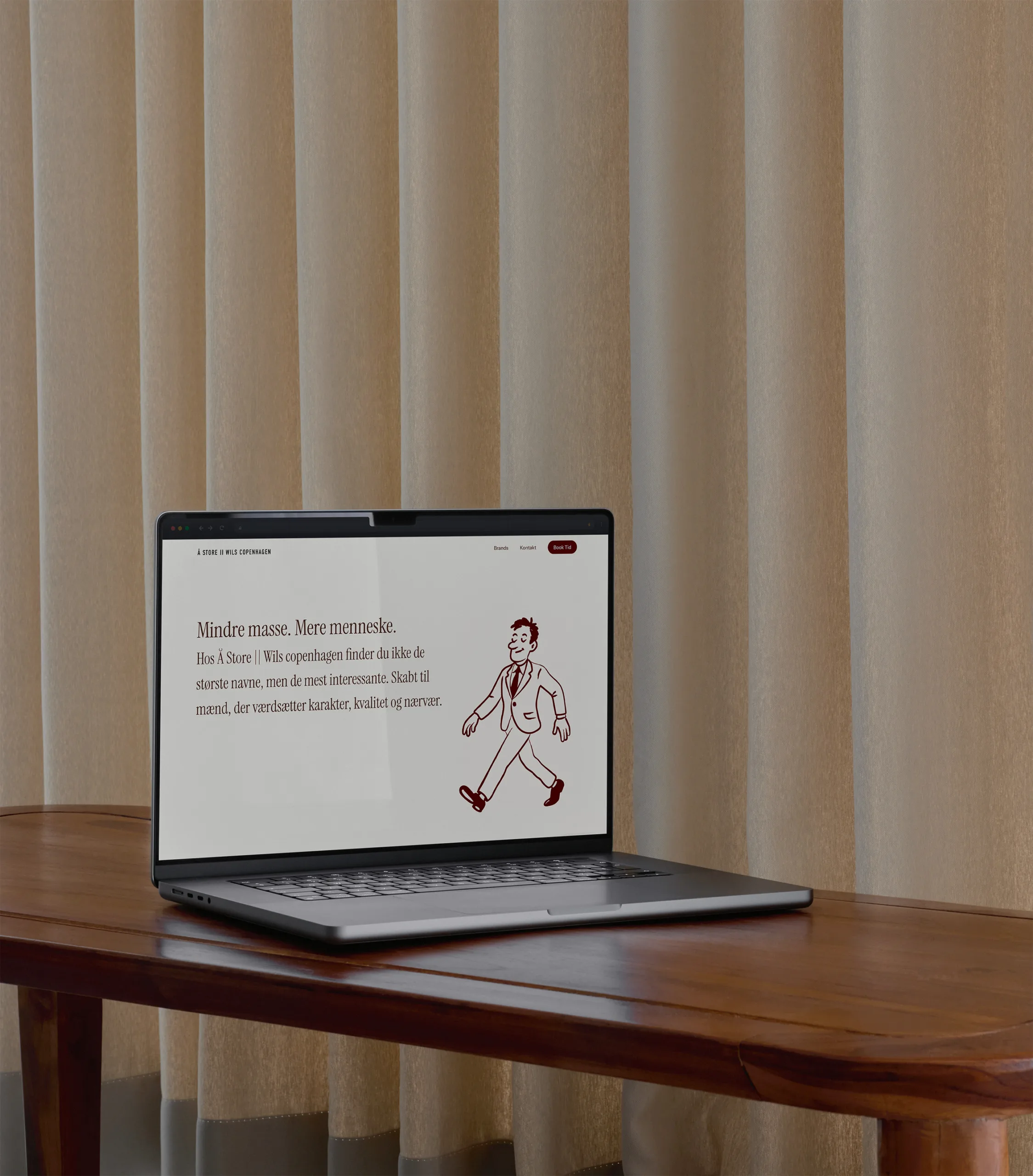
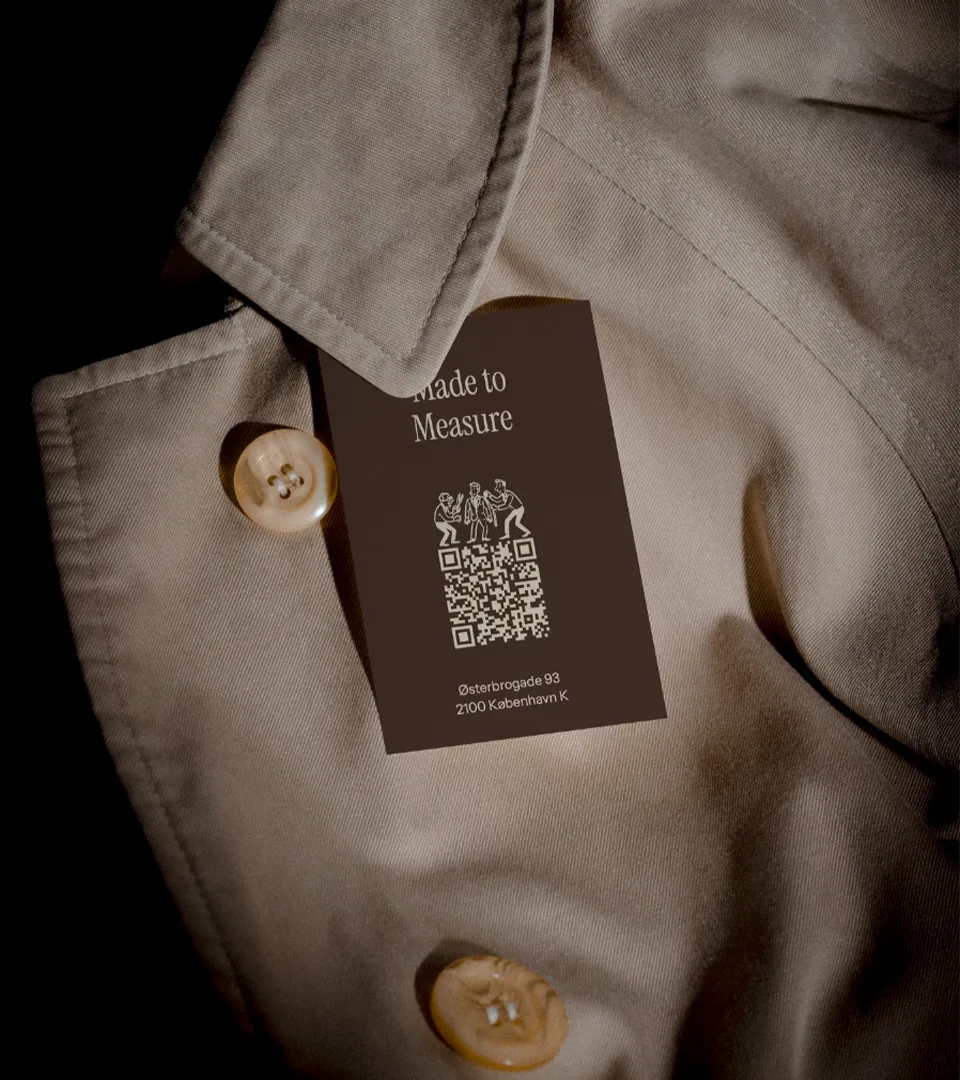
Let’s talk
Want to know more?
All companies are different, just like people, which is why this business continues to be interesting.
We won’t bite or cost you a dime until we have a clear and transparent agreement. So, feel free to reach out.
